In the markets of China—night markets, outdoor markets, or buildings filled with stalls such as Beijing’s famous Silk Street—you can find really great deals if you know the right techniques. After the break are some practical strategies for bargaining in China.
6 Comments
I found interesting not only the differences between Chinese and American supermarkets, but also the sameness. A lot of the items were American in brand and type (ie potato chips), only with a Chinese twist.
This past Saturday our group went to the Antique Market, Temple of Heaven, Pearl Market, and an acrobat show. I have never experienced such humidity. Here’s a visual humidity barometer, taken right as I arrived at the Antique Market. Note the positioning of the people to get a sense of how much time elapsed. The Antique Market is very overwhelming. Too overwhelming, to the point where it might limit consumption. In Blink: The Power of Thinking Without Thinking, Malcolm Gladwell writes that shoppers, when allowed to taste only six types of jams, are 30% likely to buy a jam; once the jam flavors quadruples to twenty four, the shoppers are only 3% likely to buy. Too many choices can be a bad thing, especially if you do not know what you want. There were stalls filled with jewelry, rugs, weaponry, “antiques,” propaganda posters, replicas of Chinese contemporary art, clothing, books, and on and on. The one to the left is "by" Yue Minjun, a member of the Cynical Realist movement, “a label encapsulating the despair and hopelessness of this era” (29), as Barbara Pollack describes the group in the The Wild, Wild East: An American Art Critic’s Adventures in China. She writes: “Fearing that I could be as narrow-minded as those French connoisseurs who dismissed abstract expressionism, I made a considerable effort to get to know Chinese contemporary art from the time I first saw it in the late 1990s, even before it became a hot commodity in the international art market. At the beginning, I spent a lot of time looking for the Chinese-ness in Chinese art, a criteria that has dogged this field for over three decades…. Yue Minjun made what I considered silly pictures of himself, multiplied many times over in a single work like a troop of Yue Minjuns, each with the same shit-eating grin on their face. I was told that this symbolized the aggressive narcissism of a generation brought up under the one-child policy. Were these works Chinese? And was that enough to redeem them even though they made such miserable first impressions?” (13-14) While walking through the rows of vendors, I thought of the marketplace as a hidden museum. Many of the items seemed old, interesting, significant and/or splendid enough to belong in a museum. If the placement, lighting, and surroundings had been purposeful, and if there had been a plaque explaining their origins, I would have walked past the items more slowly and spent more time observing their details. Next, we went to the Temple of Heaven, built in 1420 during the Ming Dynasty by the same emperor who created the Forbidden City. As the Son of Heaven, the emperor would go to the temple three times a year to offer sacrifices to the source of his authority and pray for a good harvest. Bad harvests or natural disasters indicated that Heaven no longer favored the emperor, and thus undermined the emperor's legitimacy. Pearl Market was our third stop of the day. For bargaining, Yashow in Sunlitun is the absolute worst—filled with tourists and stubborn vendors who will not lower their ridiculous prices. Next comes Silk Street, with the most aggressive salespeople who, when you leave their stalls, will yell after you, if not hold onto your arm. Pearl Market was relatively calm, and the pearls there are the cheapest. Walking around, I found fakes of Tory Burch, Juicy, and Lesportsac but no stands filled with Louis Vuitton, Gucci, Chanel etc. I stopped for a moment at a counter and immediately the lady pulled out a magazine filled with pictures of Louis Vuitton fakes. First I asked to photograph the magazine, then after being denied asked to see a purse. She said that, of the few she had there, I could see one for a minute at most because of the policeman walking around; he might confiscate her merchandise. From the magazine of fakes you select which bag you want, and then the shop owner retrieves it from his or her house. The police cannot not know about this system, but as we discussed in my economics class, will look the other way. The industry of fakes, while against China’s intellectual property rights, creates jobs and generates revenue. The officials will allow the business to continue, but randomly seize the merchandise to create a disincentive for entry and to ensure that the vendors are subtle about their technically illegal business. Finally, we ended the day with an acrobat show. It was actually unbelievable. Piling thirteen girls on one moving bicycle? Doing a headstand on another girl’s head, and each girl spinning eight plates whilst balancing? My favorite part was when three towers of two men each—one man standing on the other’s shoulders—juggled three six-year-old girls from one tower to the other. Definitely more thrilling than a rollercoaster.
Old Lijiang, another UNESCO World Heritage Site, does not seem to belong in the same time, or the same country, as Beijing. Old Lijiang was once a stopping point on the Southern Silk Road and the Ancient Tea-Horse Road (茶马古道, click on the link and look through the photo gallery, it's very cool), a trading path that connected China and Tibet, from Yaan to Lhasa, so China could get horses from Tibet and Tibet could get tea from China. Old Lijiang's history of 1,000 years is well preserved. Paved paths have not buried the cobblestone. There are no modern or post-modern buildings, just Naxi folk architecture. Machines still haven’t replaced people; much of the items for sale were handmade. It was almost like a time capsule, but with electricity, English signs, and thousands of tourists to feed their huge tourist industry. The Naxi tribe lives in Old Lijiang. I'm going to take from my brother's blog here: [The Naxi] are a minority that have been based in Lijiang for around 1400 years. The Naxi are descendants of ethnically Tibetan tribes and have matrilineal families. The Naxi women pretty much run the show - couples don't live together, and if a man spends the night with a Naxi woman he has to leave before the next morning to go back and work for his mother, any child belongs to the woman, and while the father supports the child and woman, once the relationship between the parents is over so is the support provided by the father, and finally women inherit all property. One thing I really liked was the role of gender in Naxi language, which my guidebook briefly described. The example they give is that when the word 'female' is added to the word 'stone' it becomes 'boulder' but when the word 'male' is added to 'stone' is becomes 'pebble.' The day after my brother and I arrived, we went to the Black Dragon Pool Park, from which we were supposed to have a great view of the Jade Dragon Snow Mountain. After, we went to the Mu Family mansion, the former residence of Lijaing's Naxi chieftans. Almost all of the original buildings, built over 800 years ago during the Ming dynasty, were destroyed during the 1996 Lijiang earthquake. I couldn't tell that these buildings were less than two decades old, though. At the mansion, I was taking pictures of these performers of Naxi ancient music, and they asked if I wanted to join in. After dinner one night, my brother and I walked to one of the main squares. In the center was a bonfire, and soon music began to play. About ten Naxi ladies held hands in a chain and danced by themselves; within a few minutes, two rings formed around the bonfire. The simple steps—cross your legs, tap your feet—reminded me of the Hora. It was a lot of fun to dance with them; unlike my bar and bat mitzvah years, guys actually wanted to dance with me. On the third day my brother and I took a two-hour bus ride to the Tiger Leaping Gorges, possibly the deepest gorge in the world. Legend goes that at the most narrow part of the gorge (66 feet wide), a tiger jumped from one side of the gorge to the other, hence the name. As we got up at six for the trip, I napped for most of the bus ride to the gorges. When I woke, it was raining, we were driving up the side of a steep hill, the road had no rail guard, and the driver was talking on his cell phone with one hand and idly holding a cigarette with the other. China, you crazy bitch. We originally planned to spend two days hiking the gorges, but because of the slippery paths and threat of rain we only spent four hours hiking and returned to Old Lijiang that day. First, we made a turn where were not supposed to and walked up a steep, muddy and rocky path. Then, we didn’t turn where we should have, and the road ended at a farmer’s house. The farmer stopped what he was doing and lead David and me through the forest to a guest house for lunch. Such a nice guy. Because of our route, it took us two and a half hours to get from the bus to the guesthouse, while it took only an hour and a half to return on the actual trail. But our path allowed us to see more people, animals, and houses. |
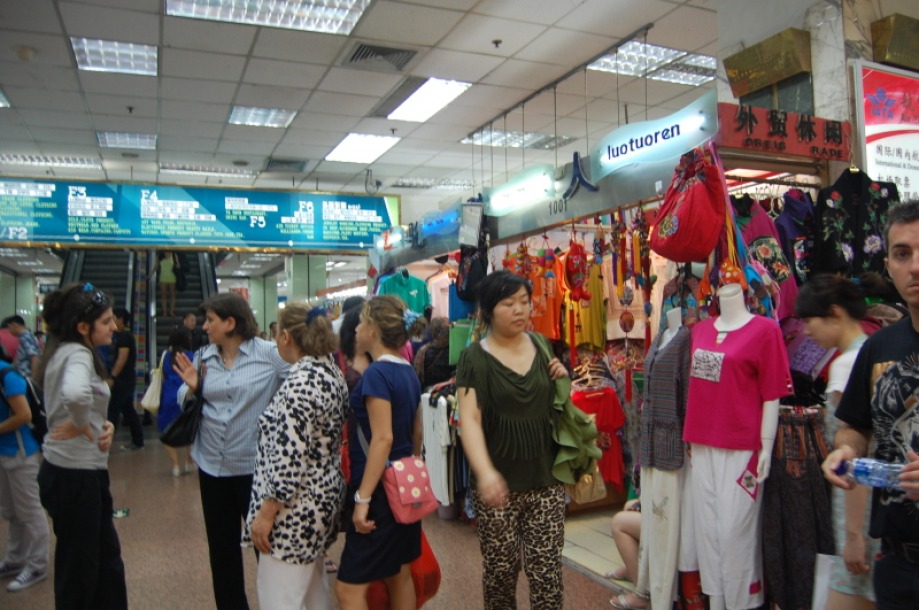
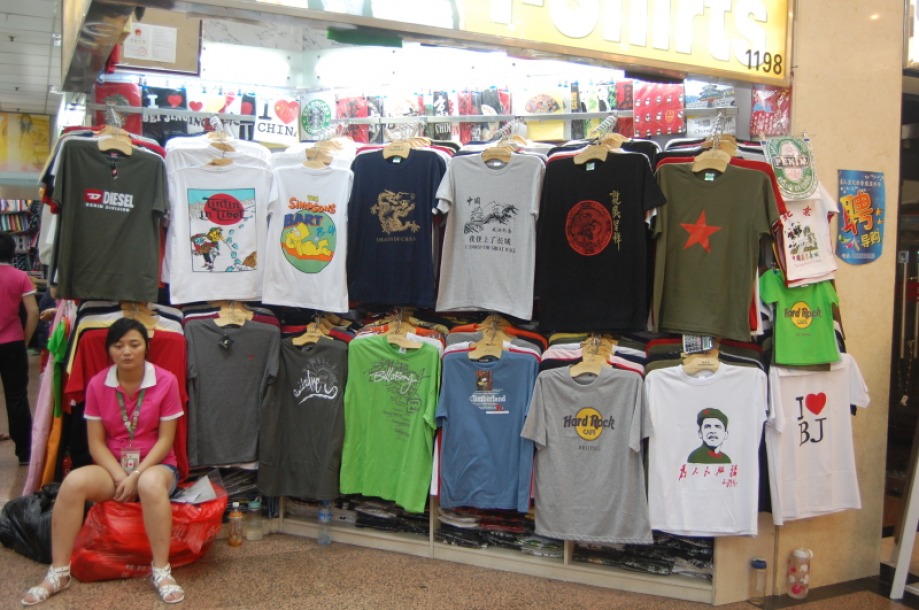
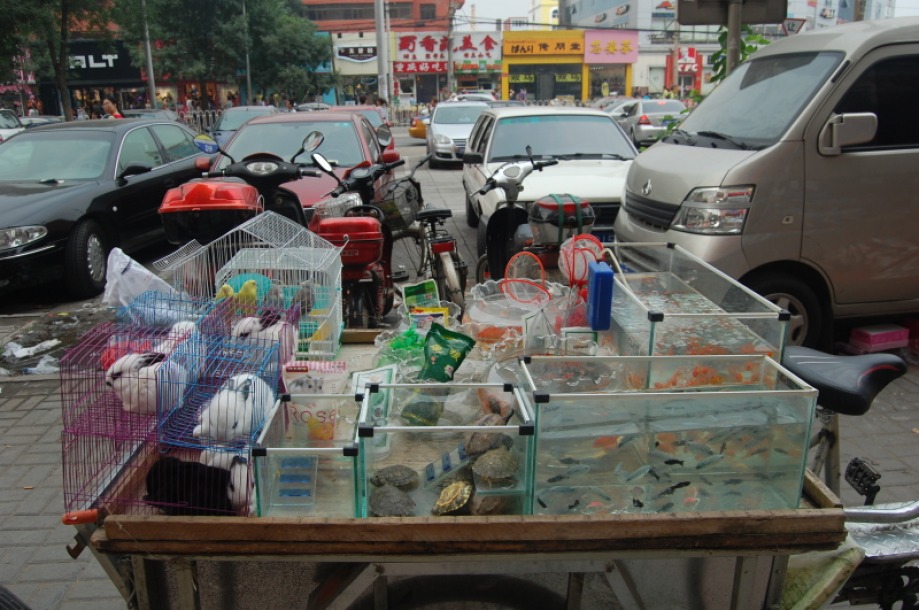
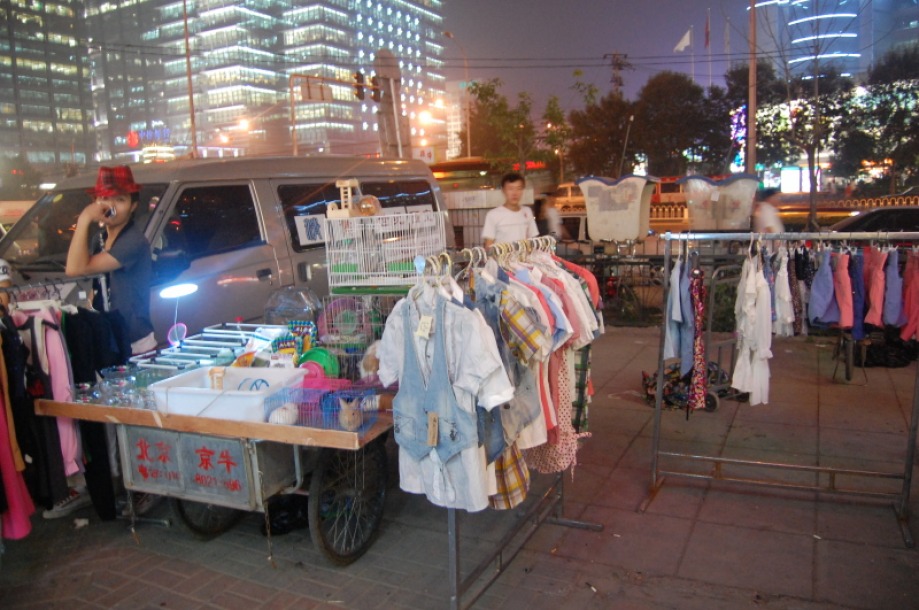
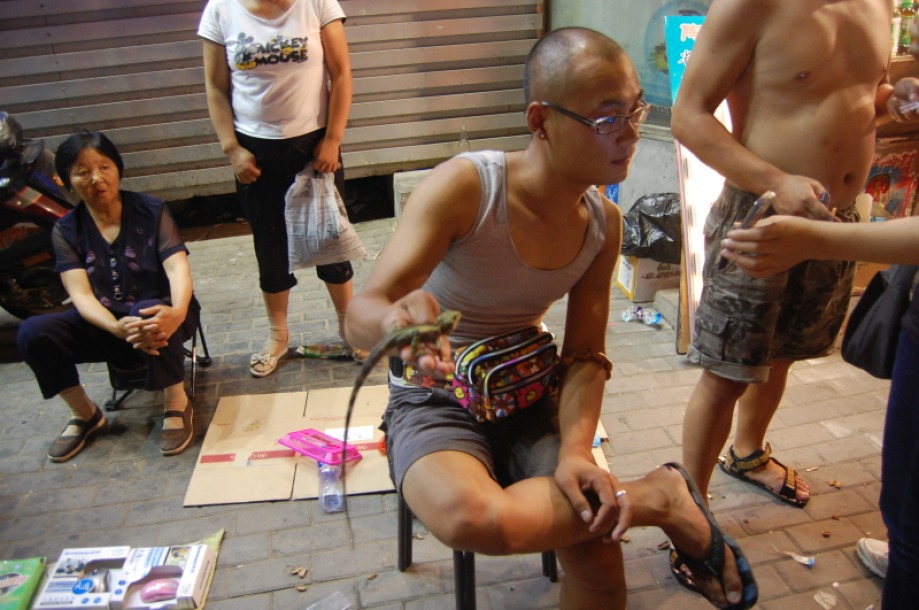
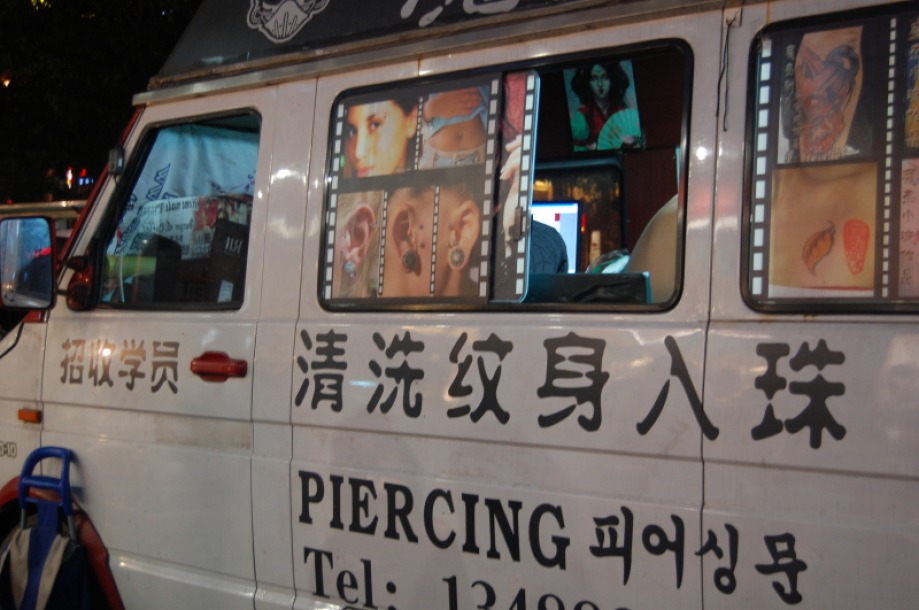
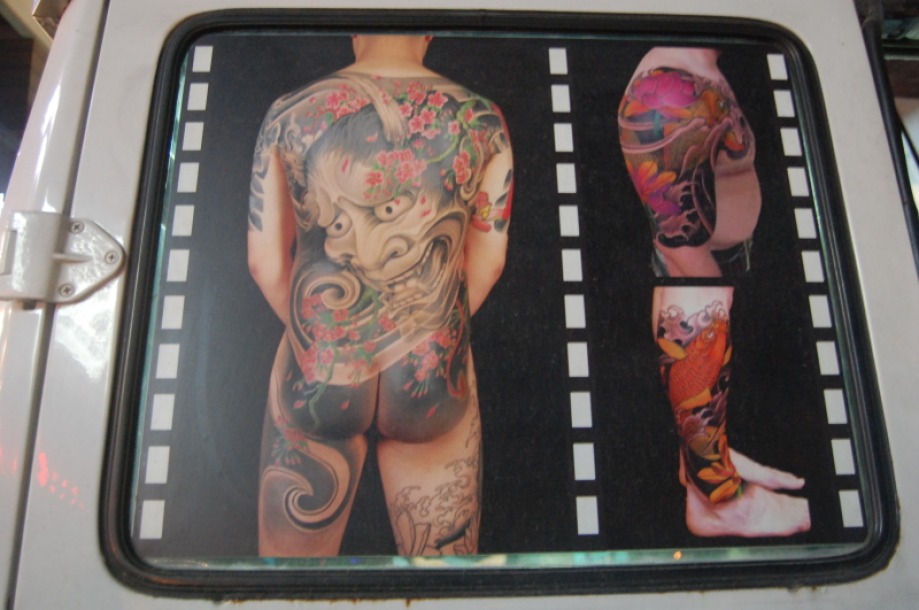
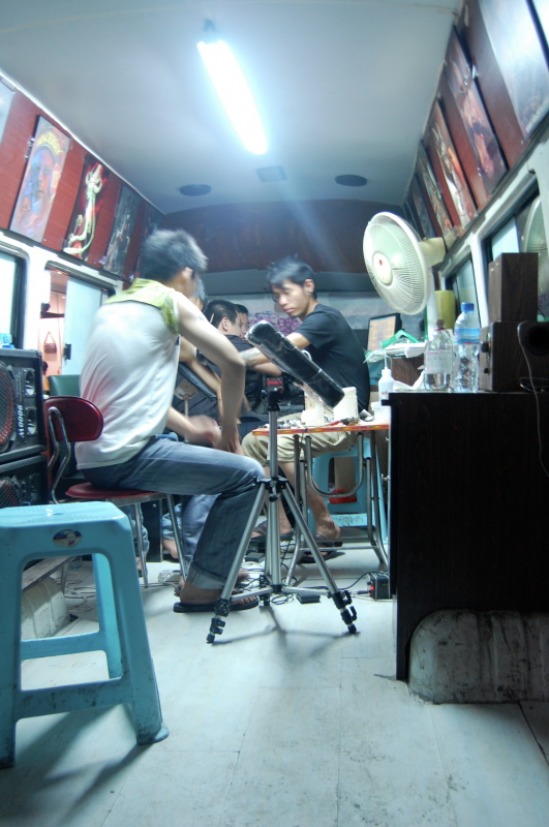
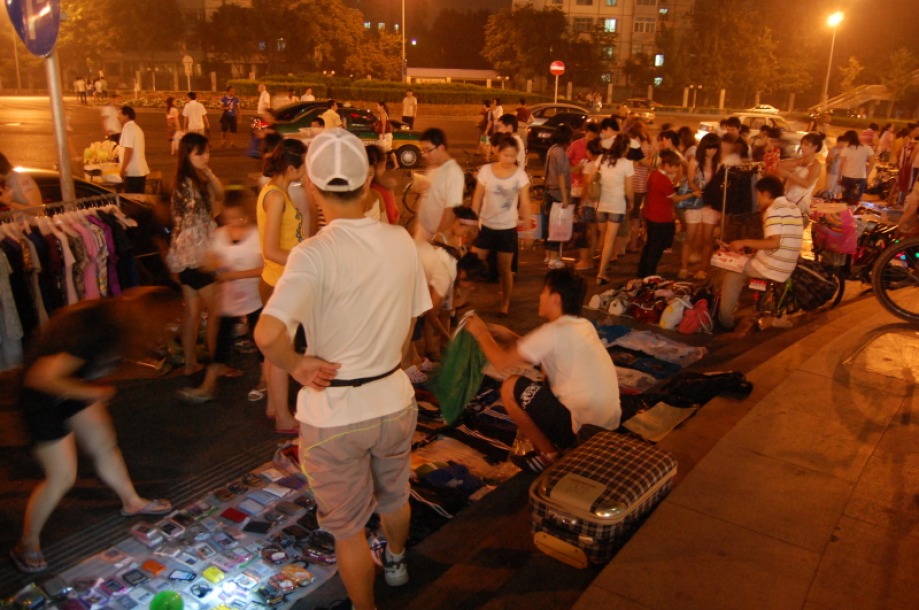
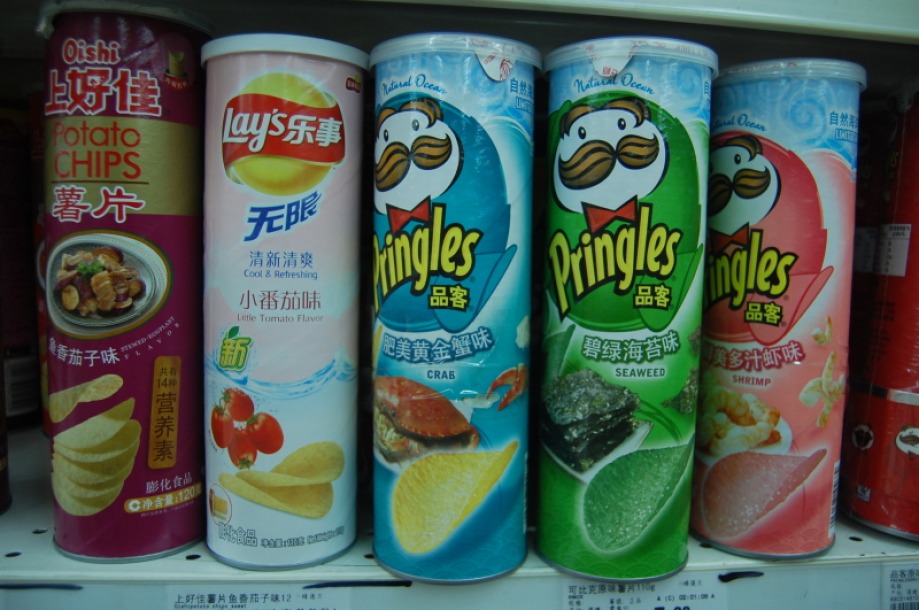
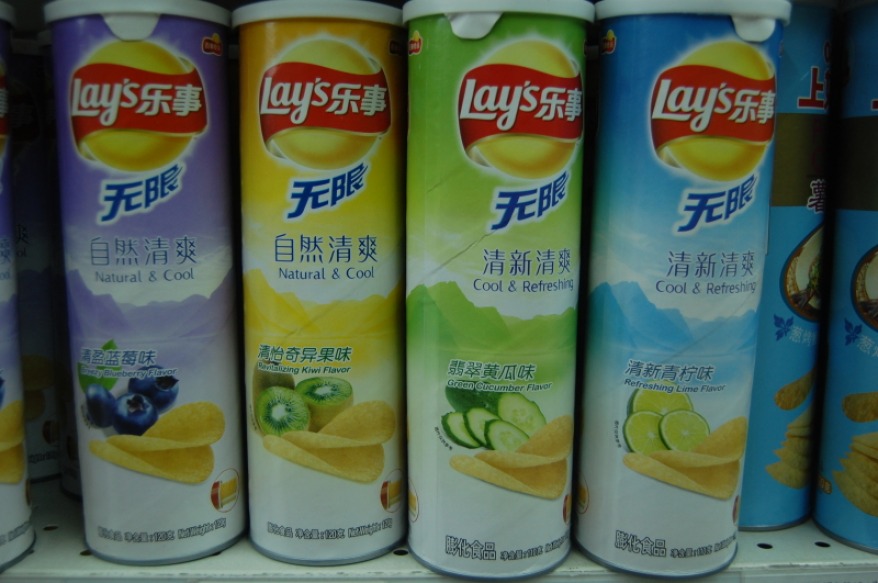
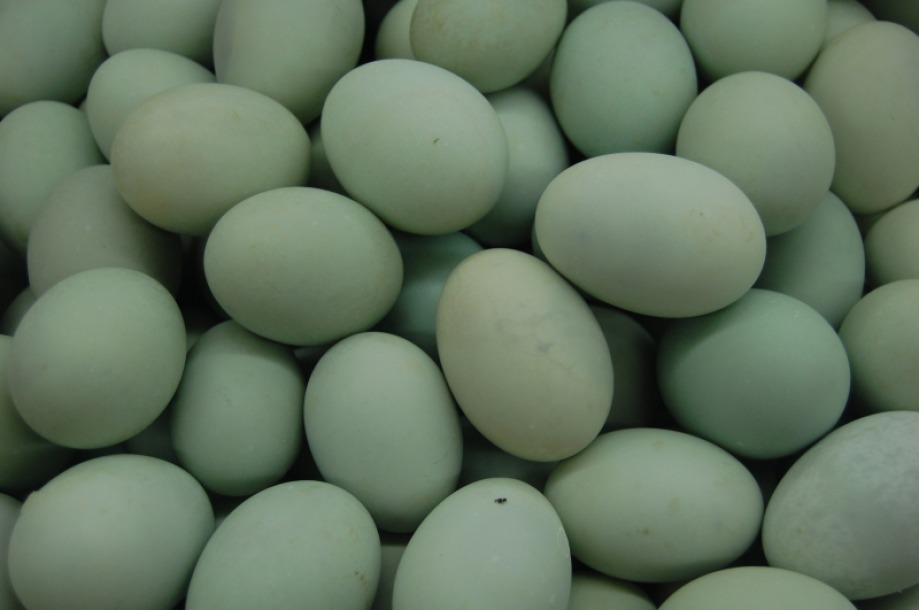
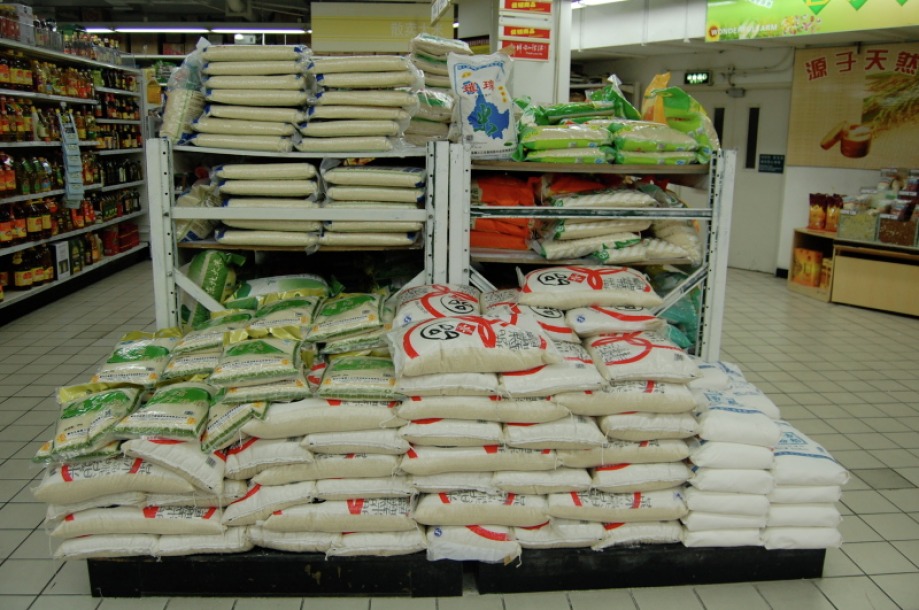
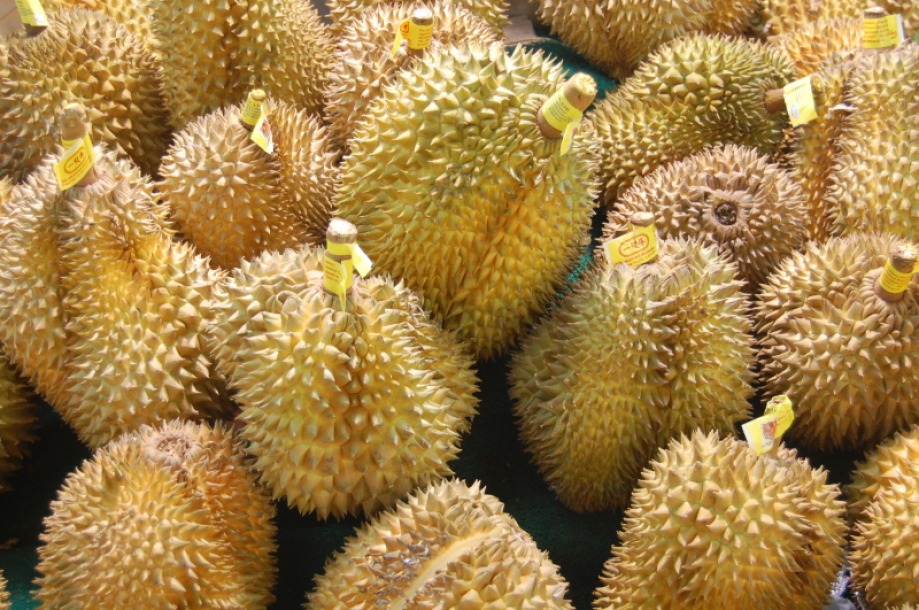
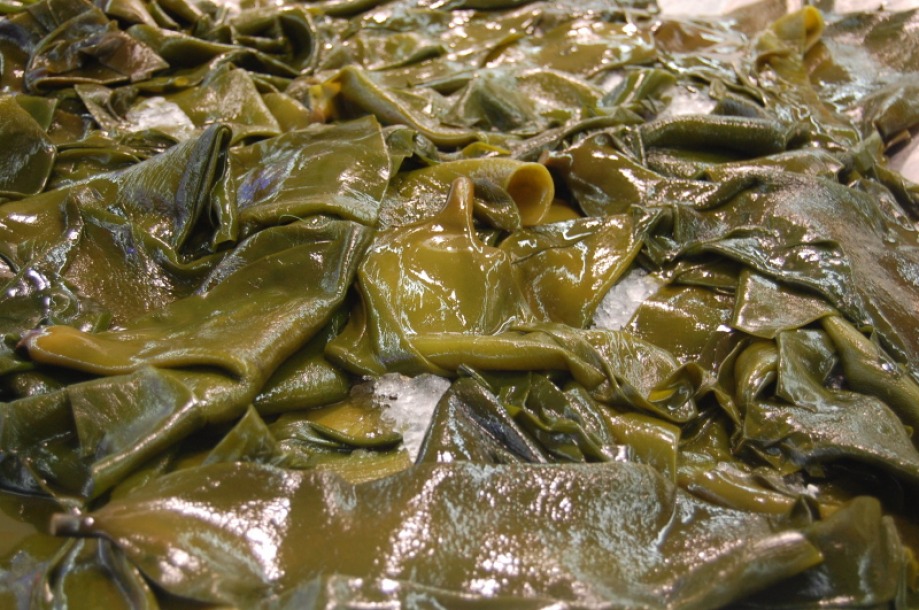
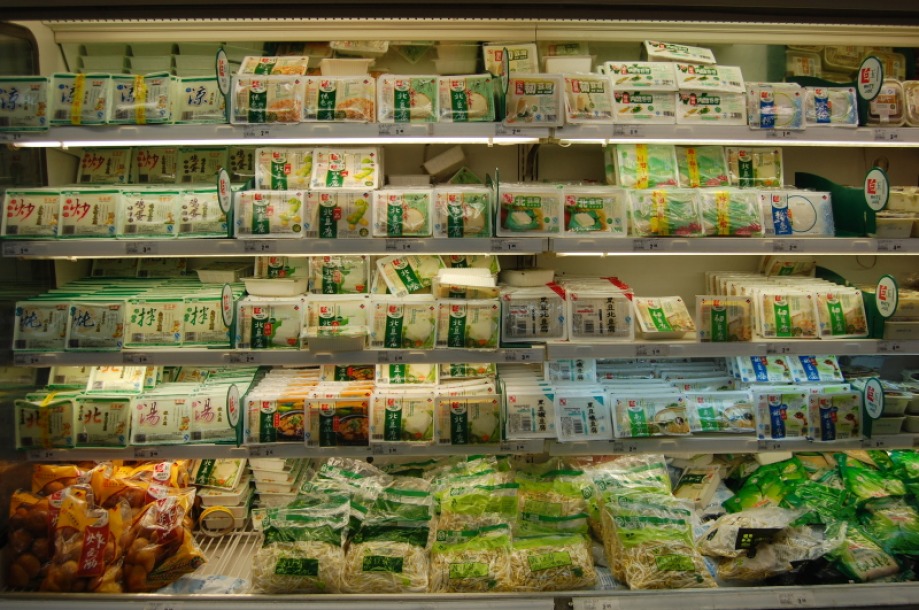
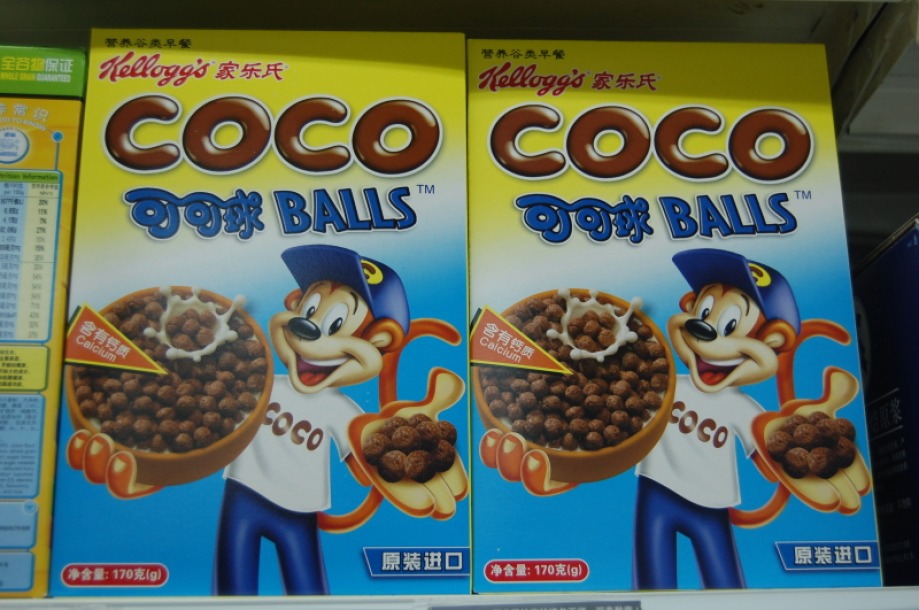
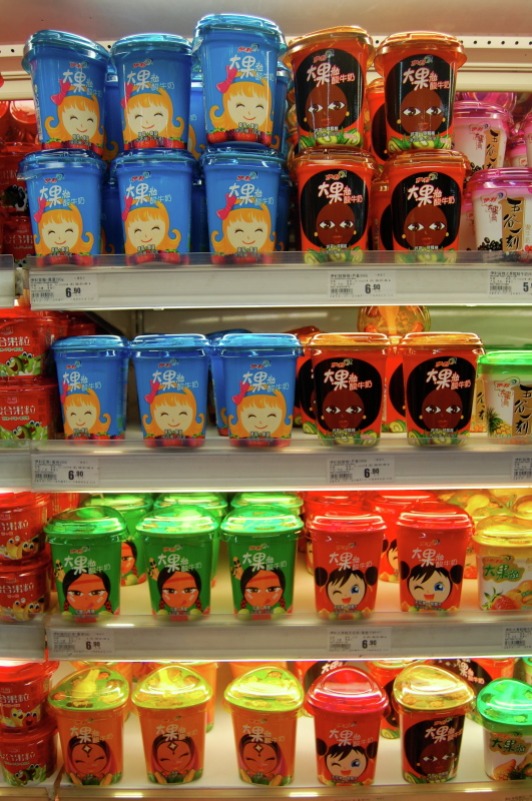
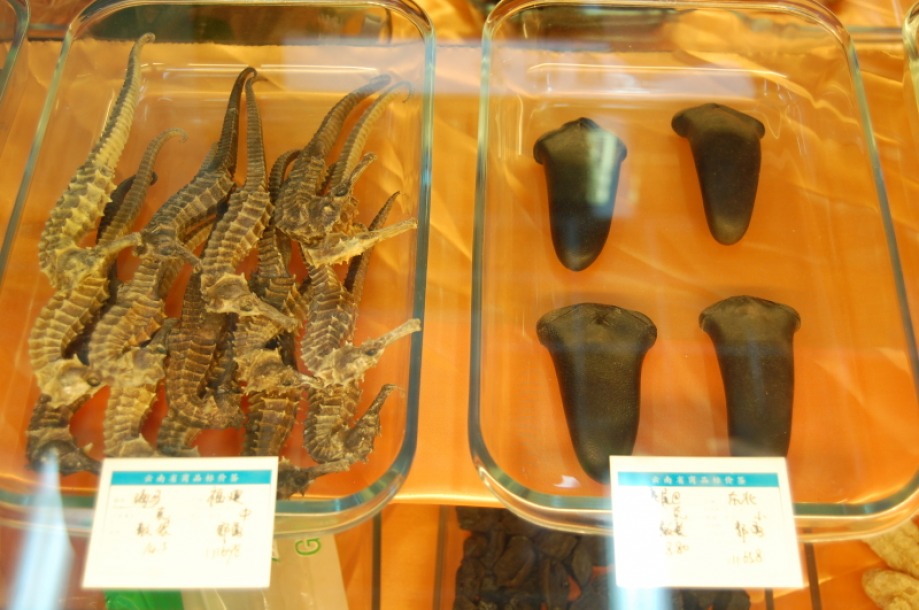
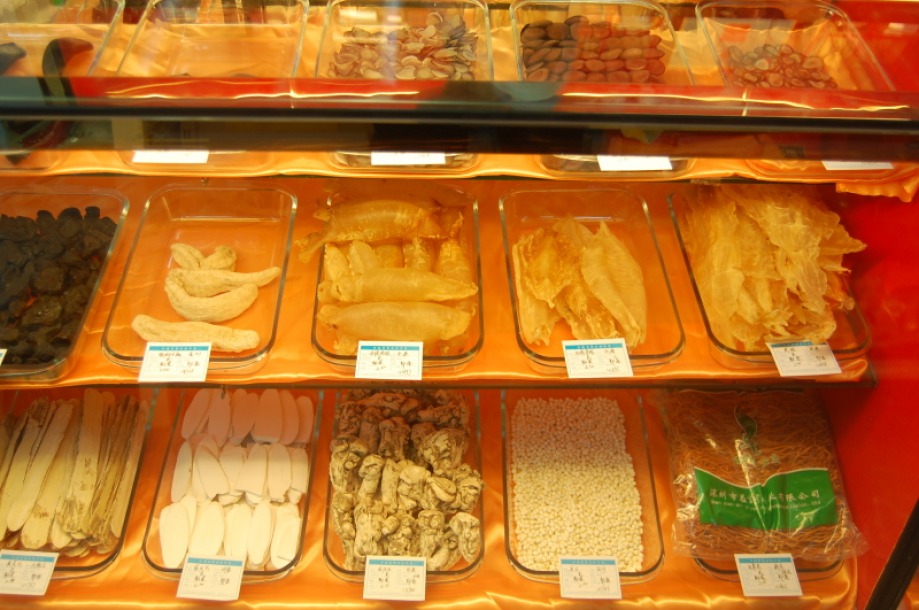
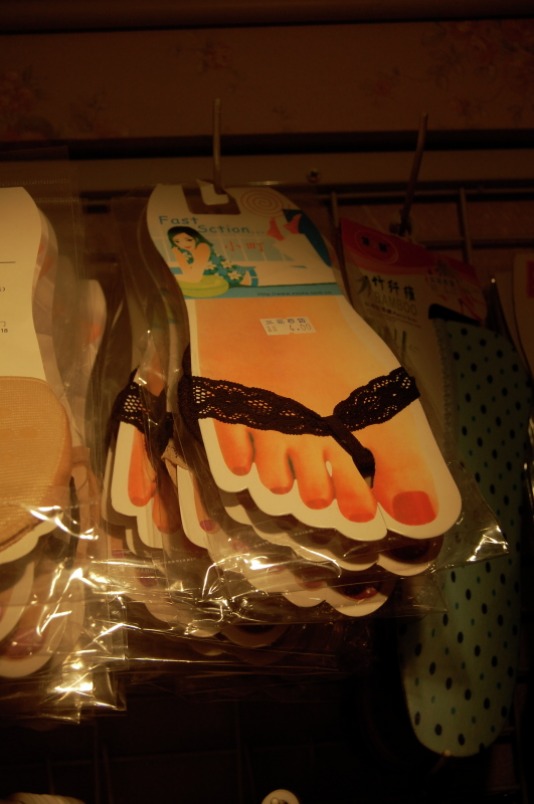
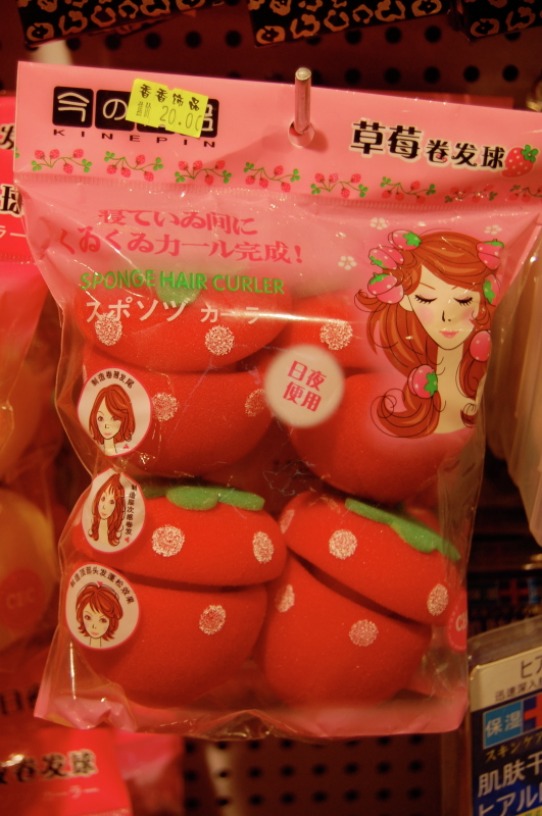
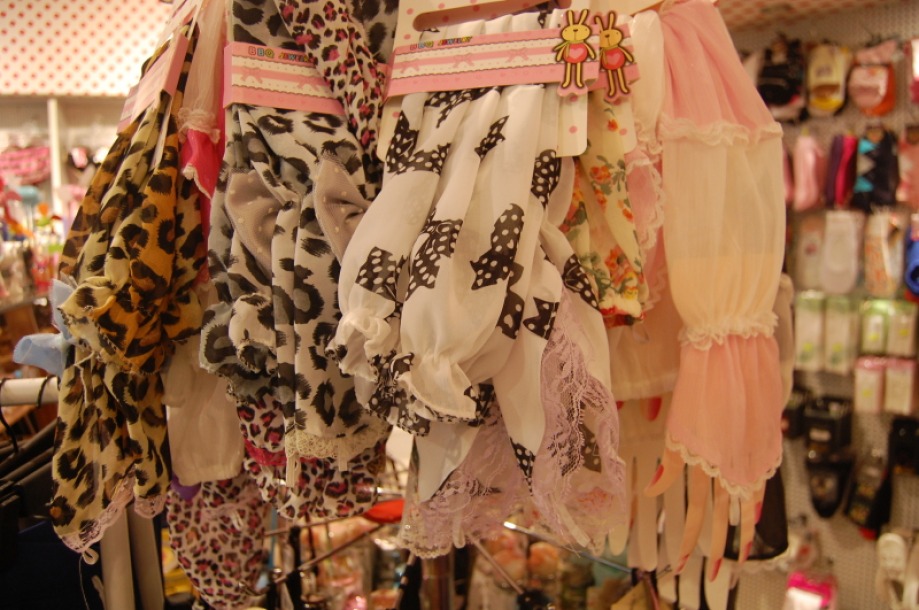
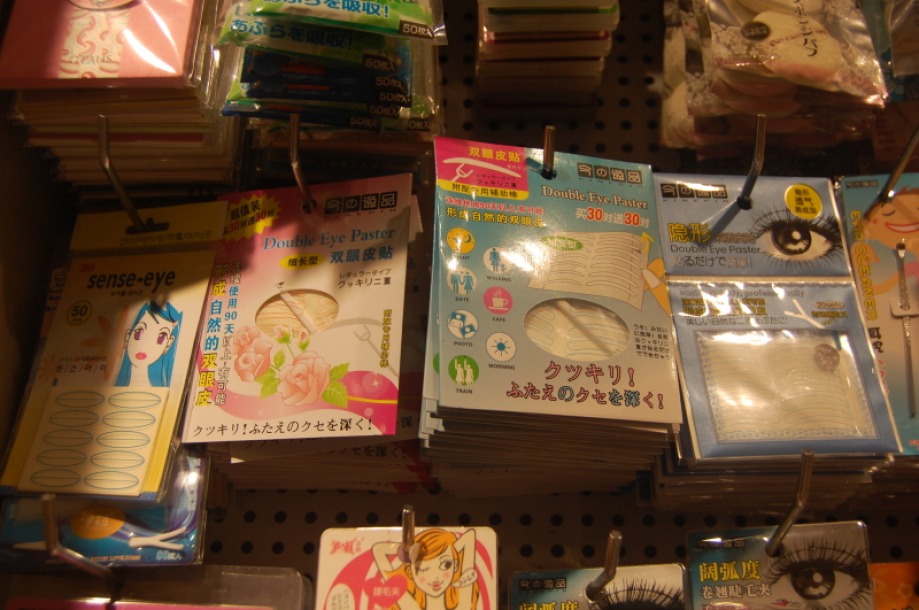
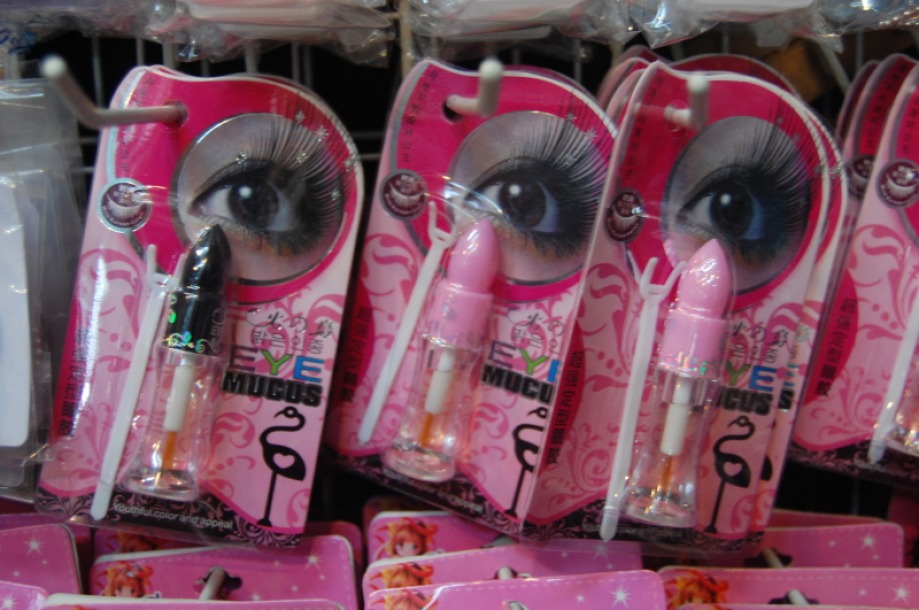
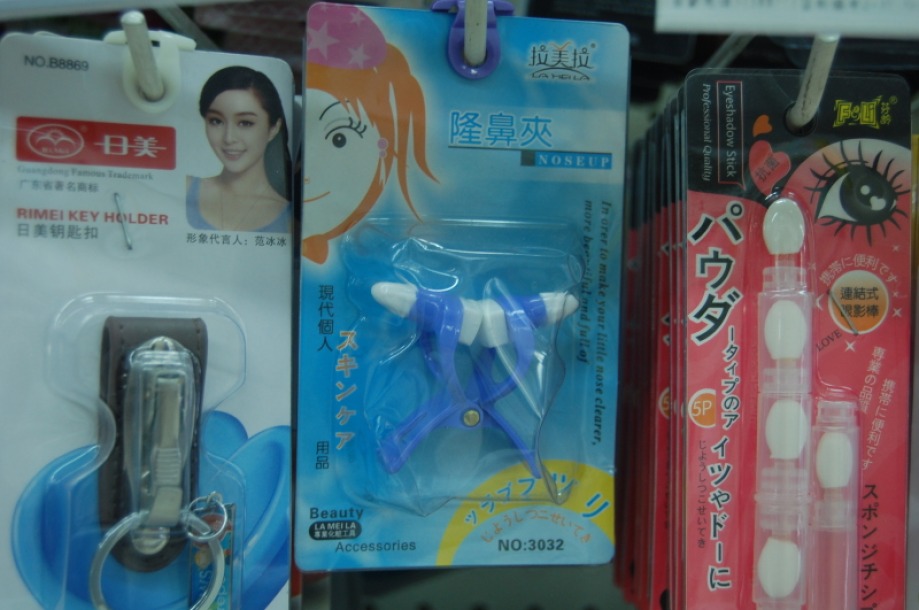
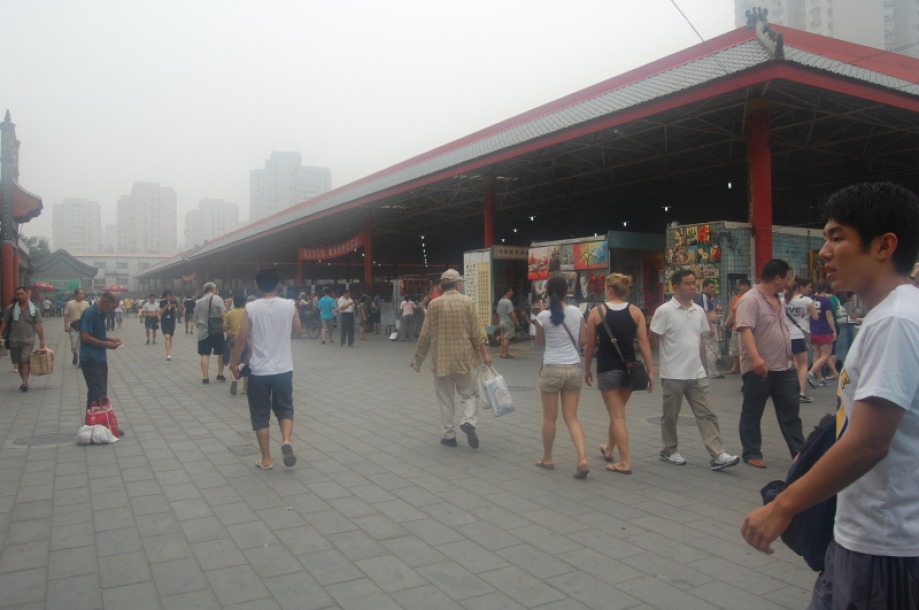
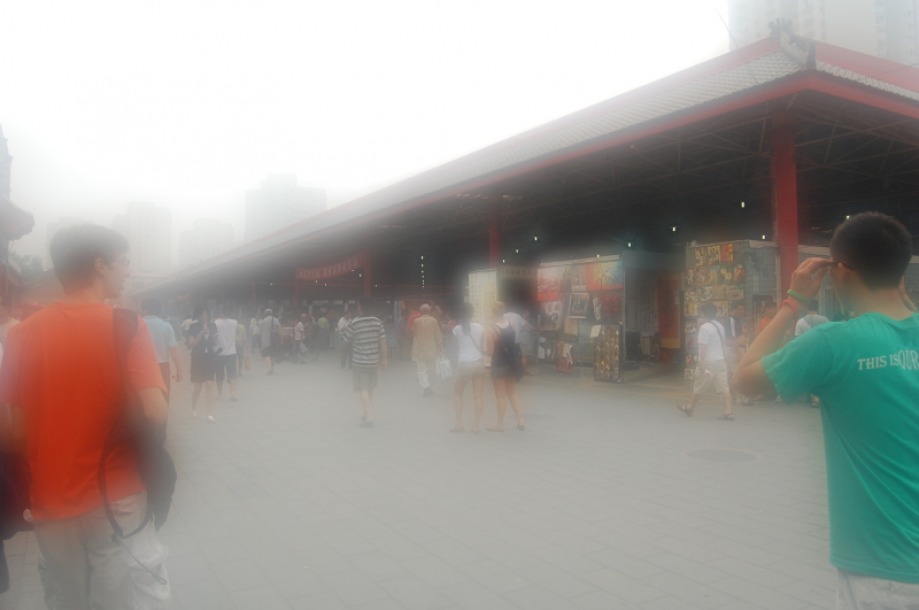
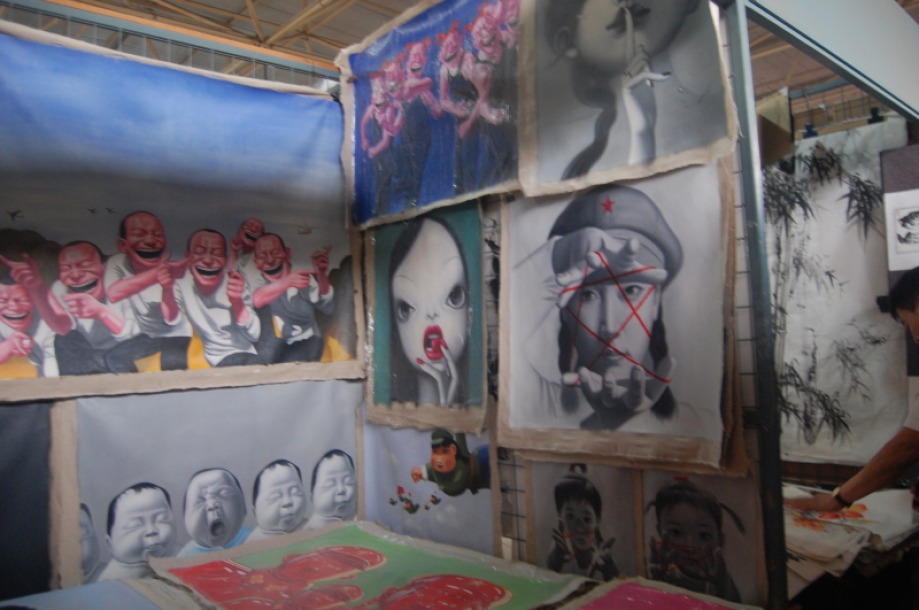
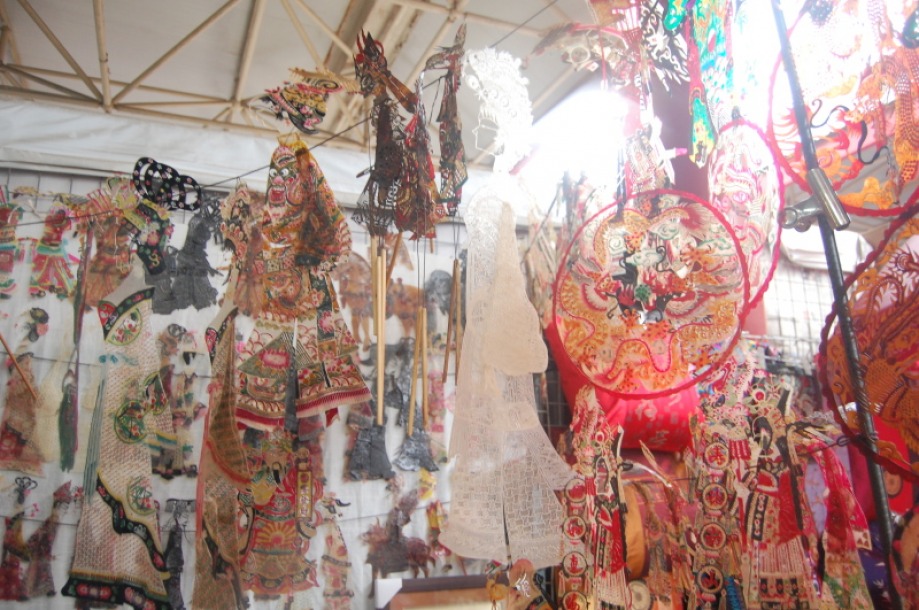
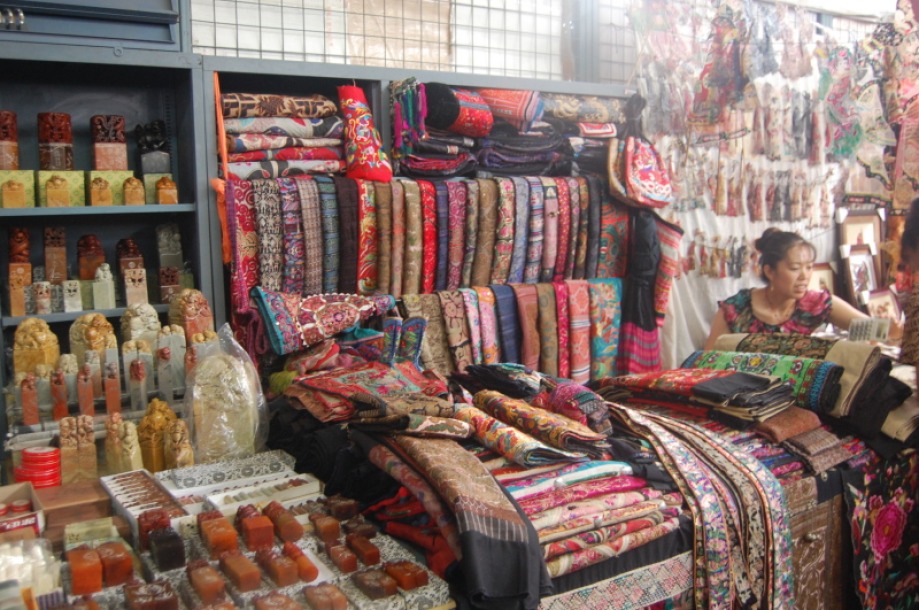
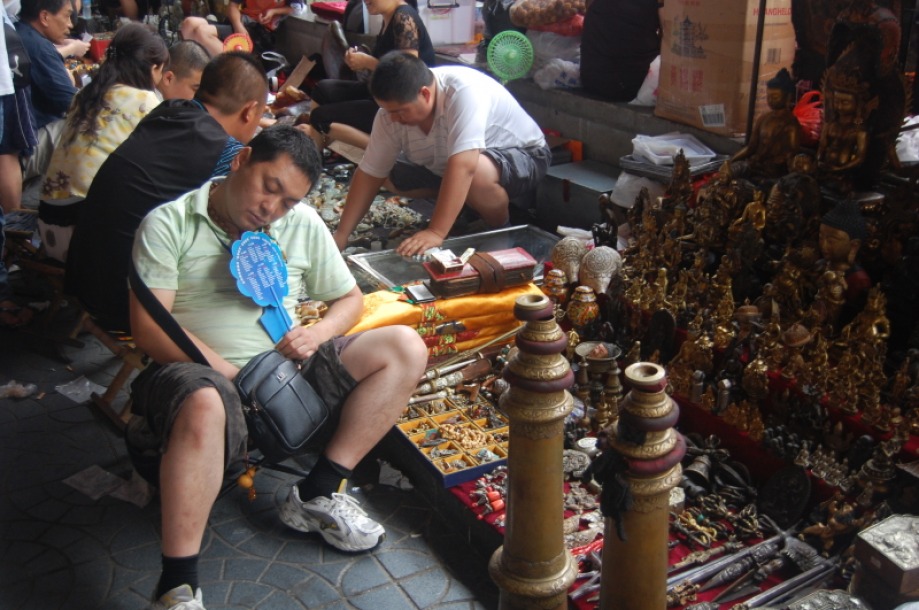
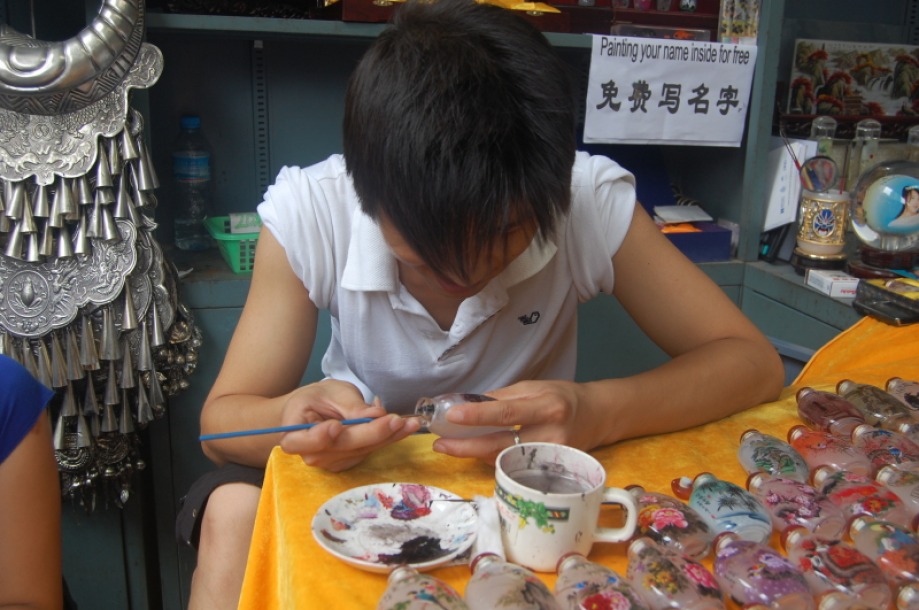
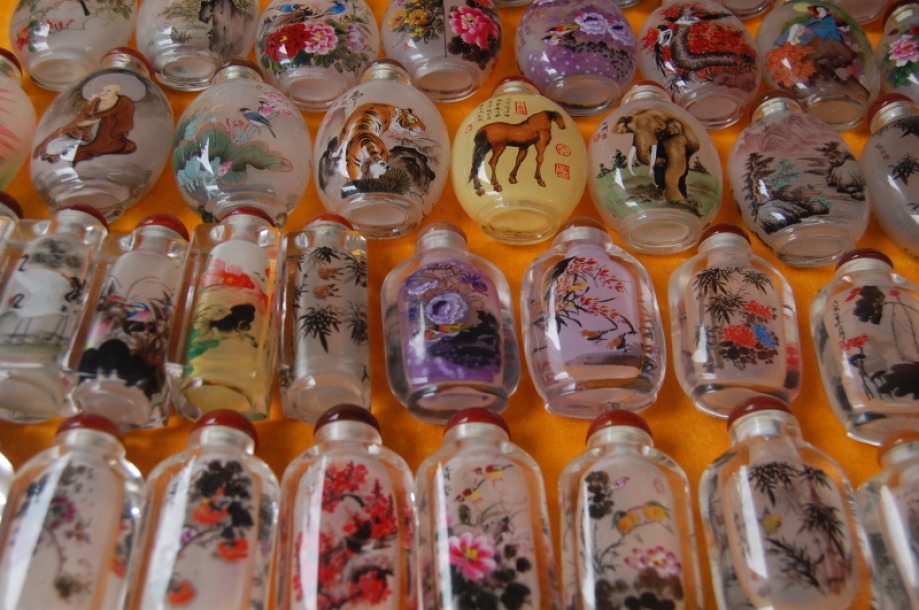
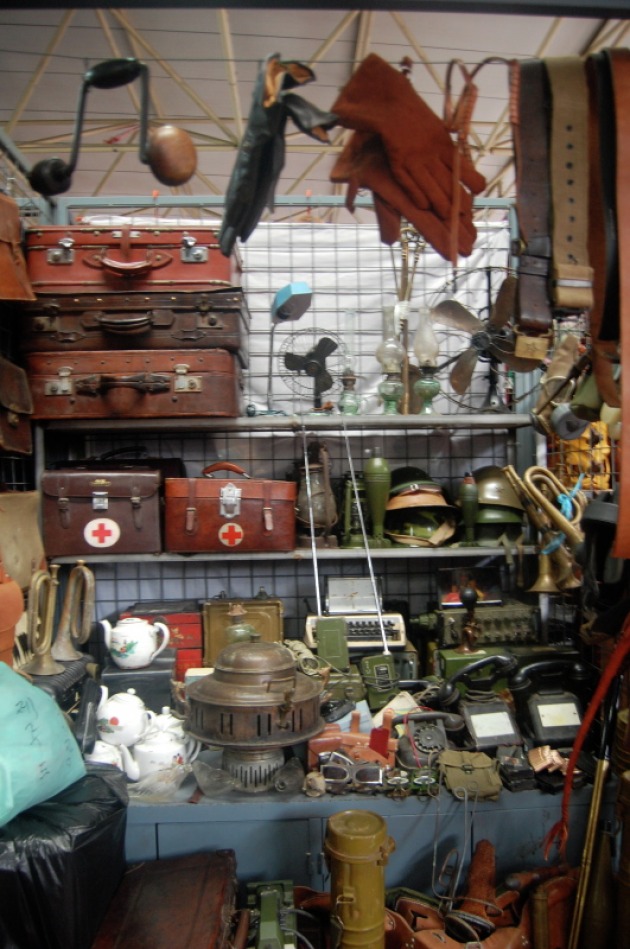
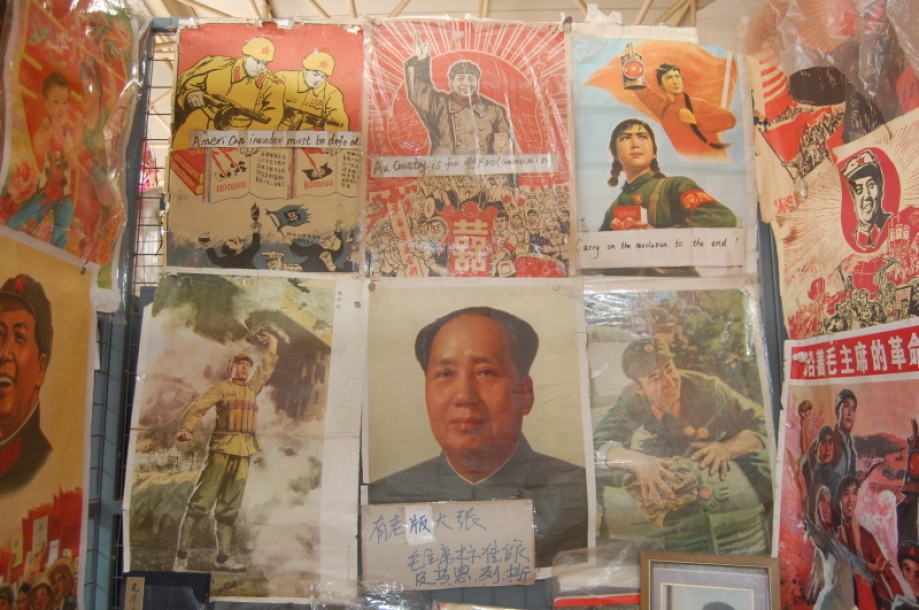
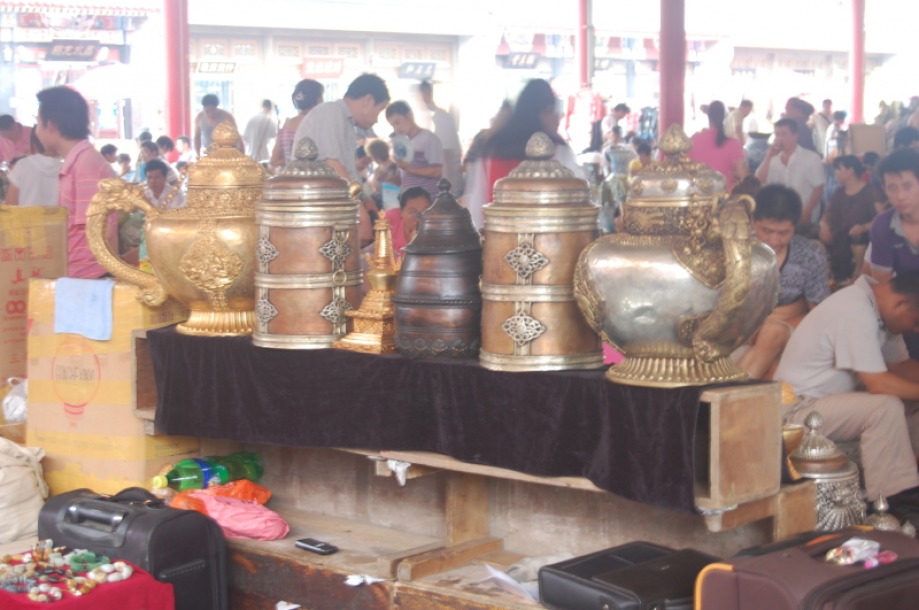
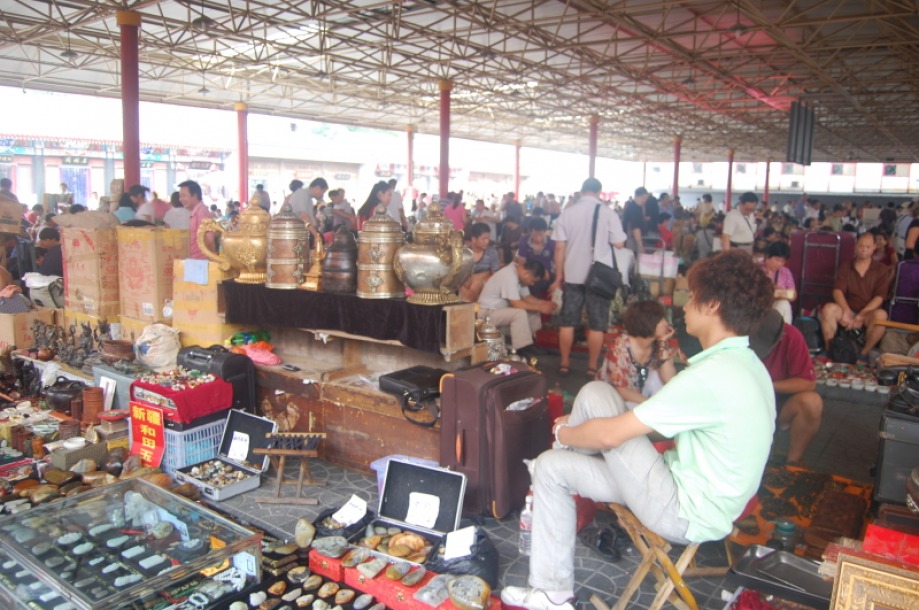
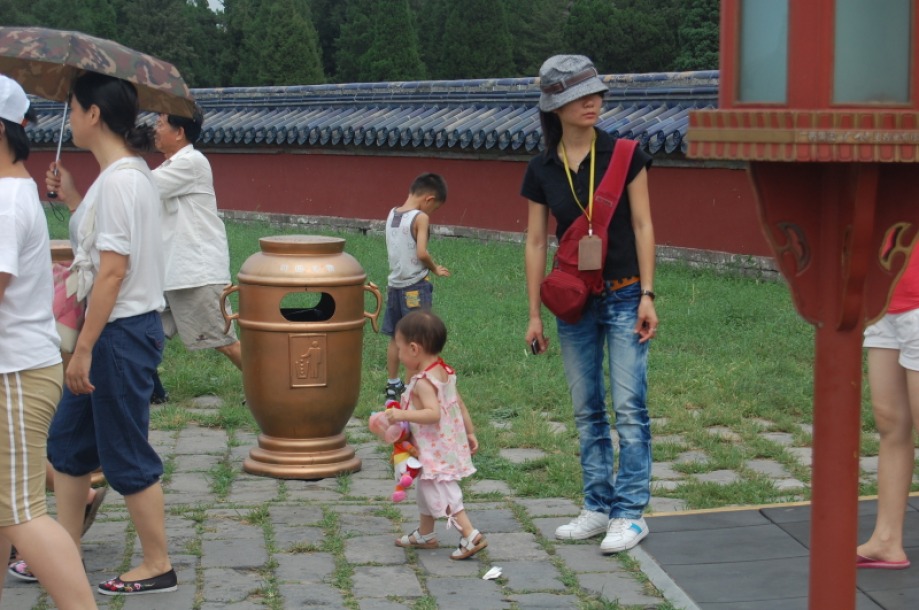
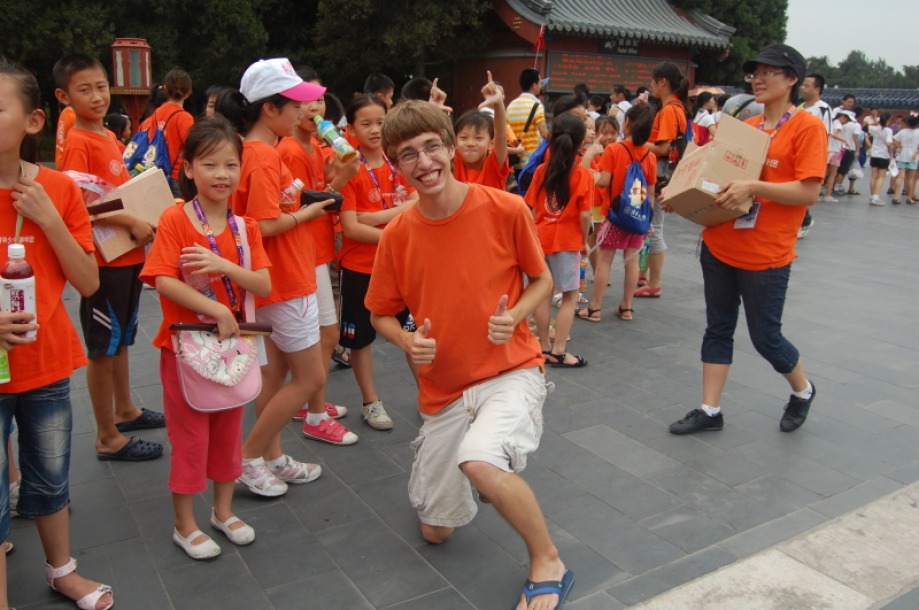
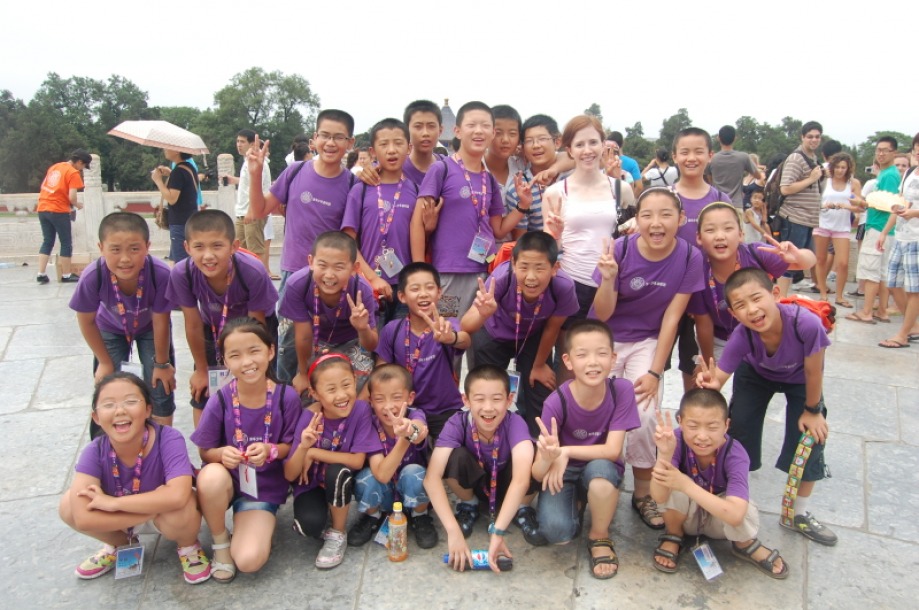
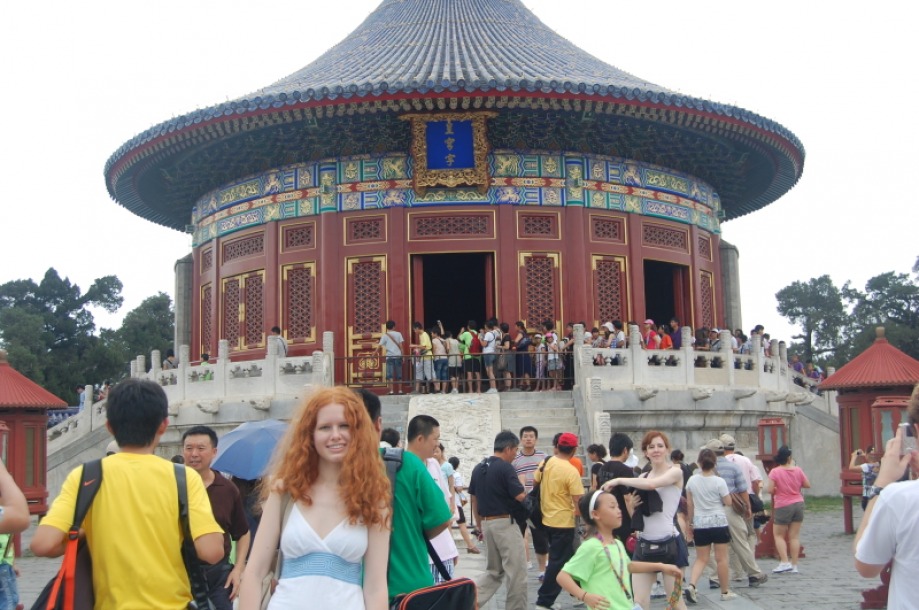
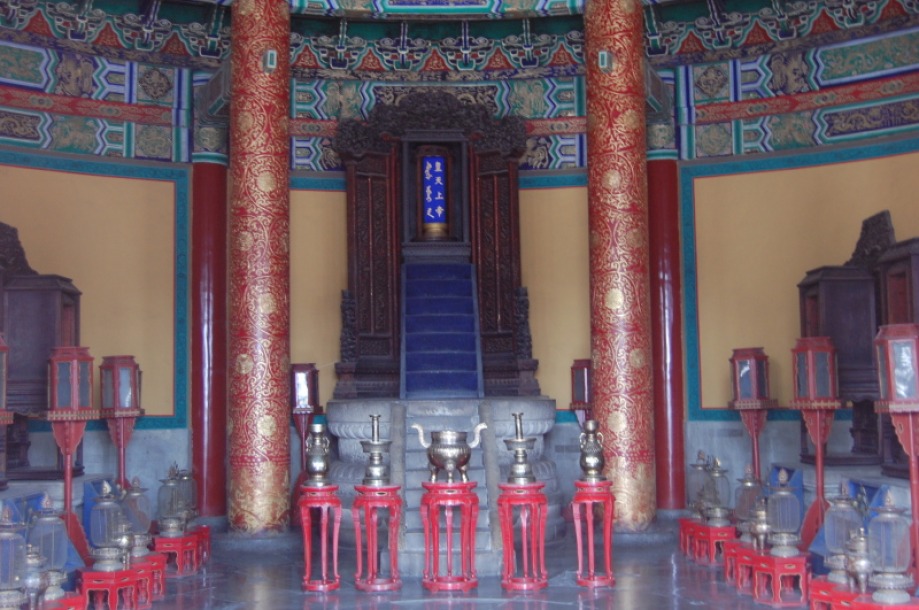
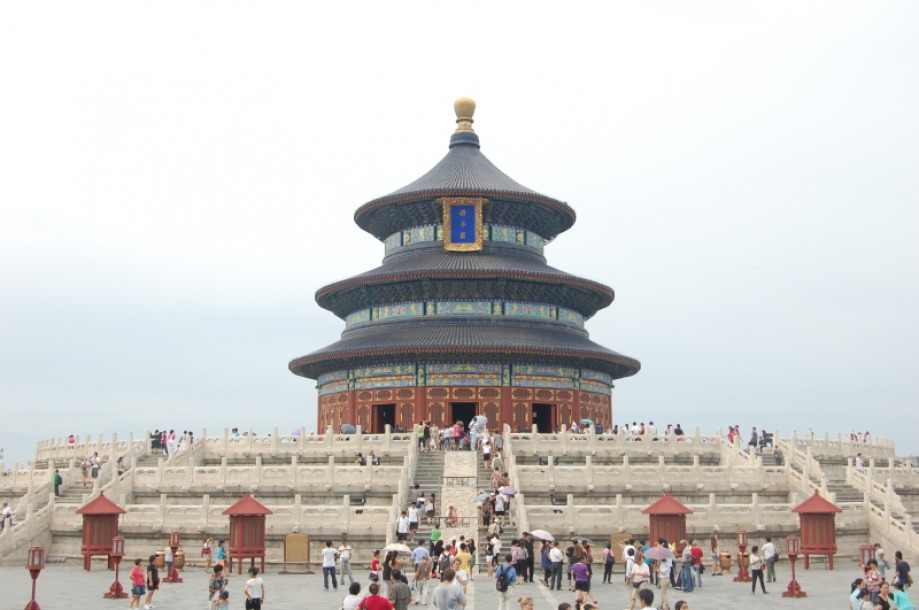
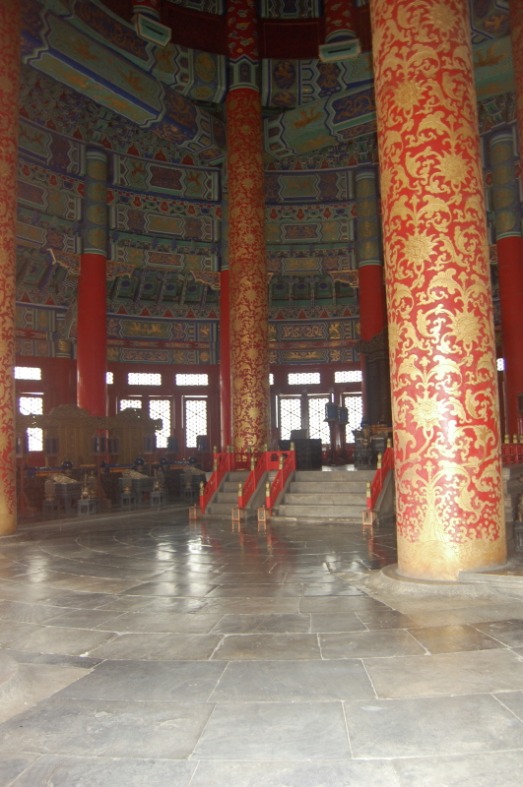
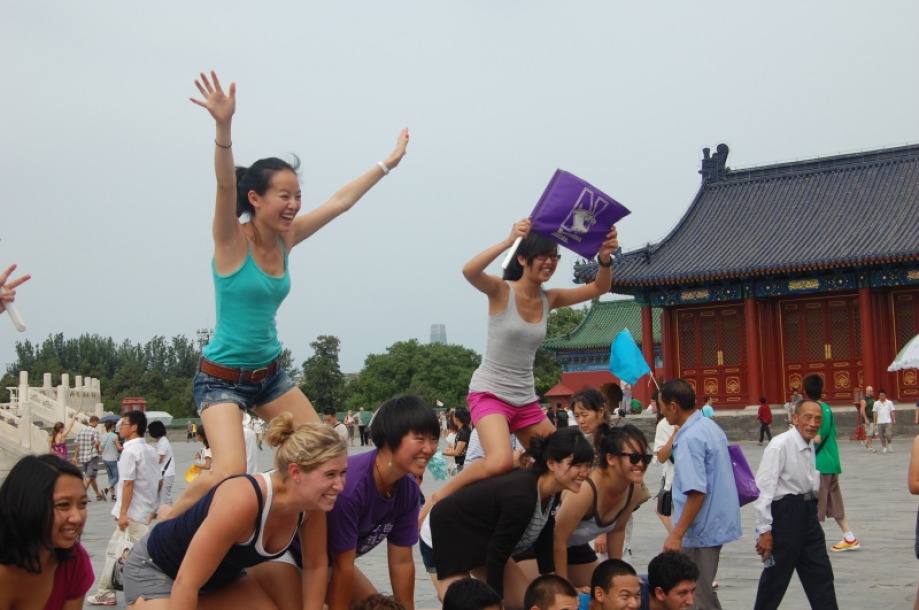
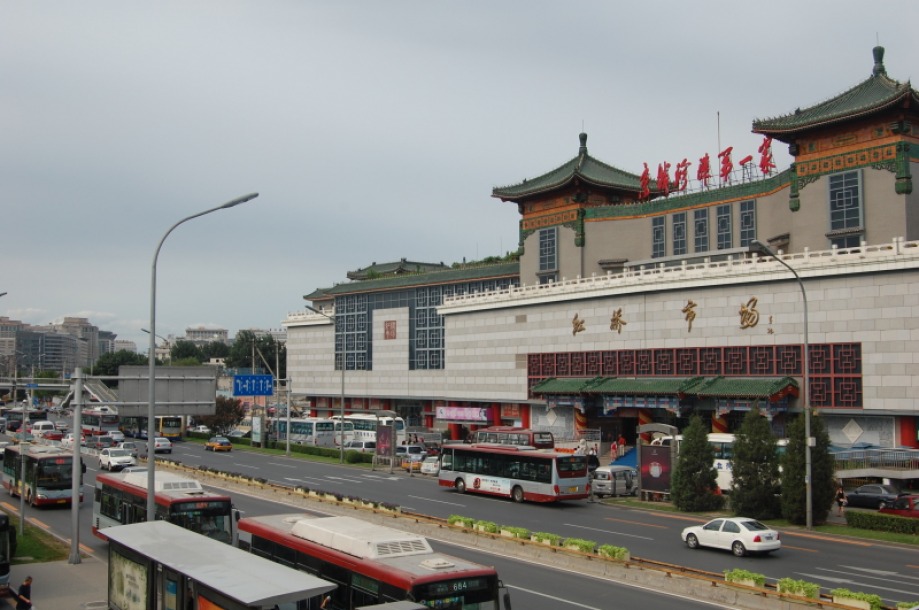
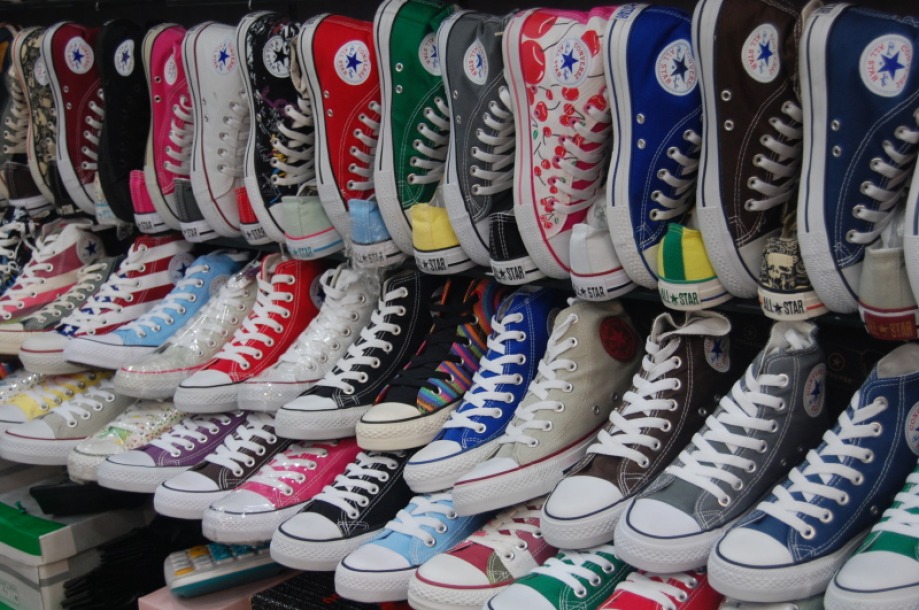
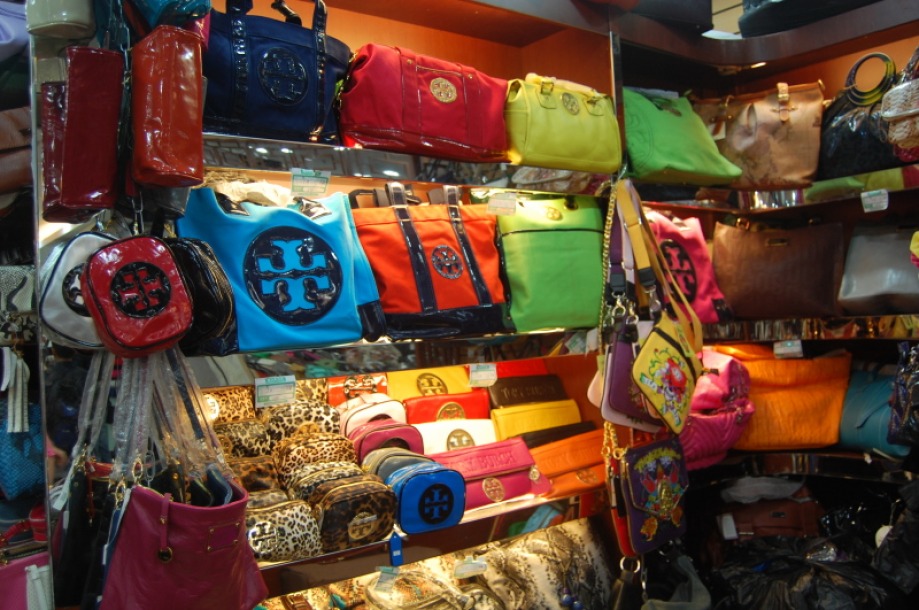
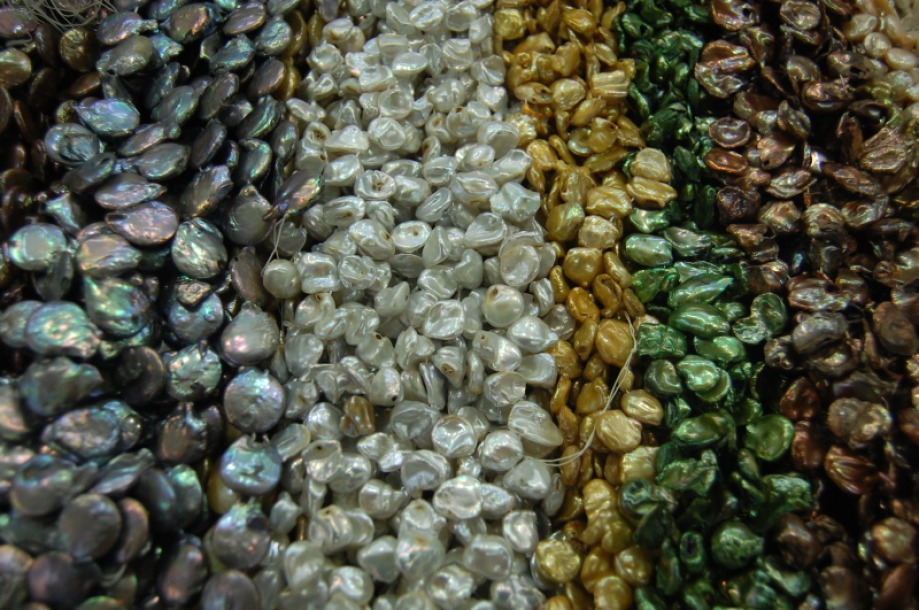
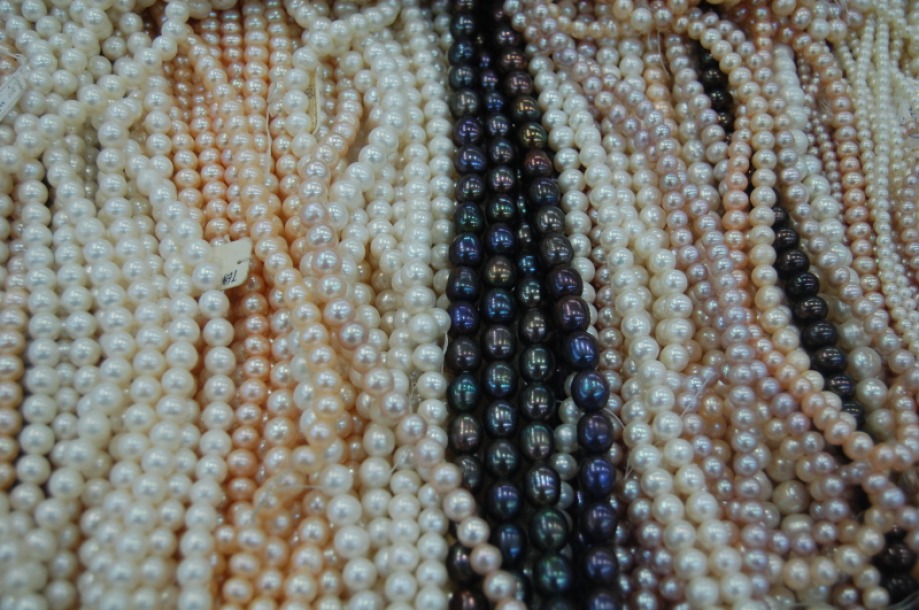
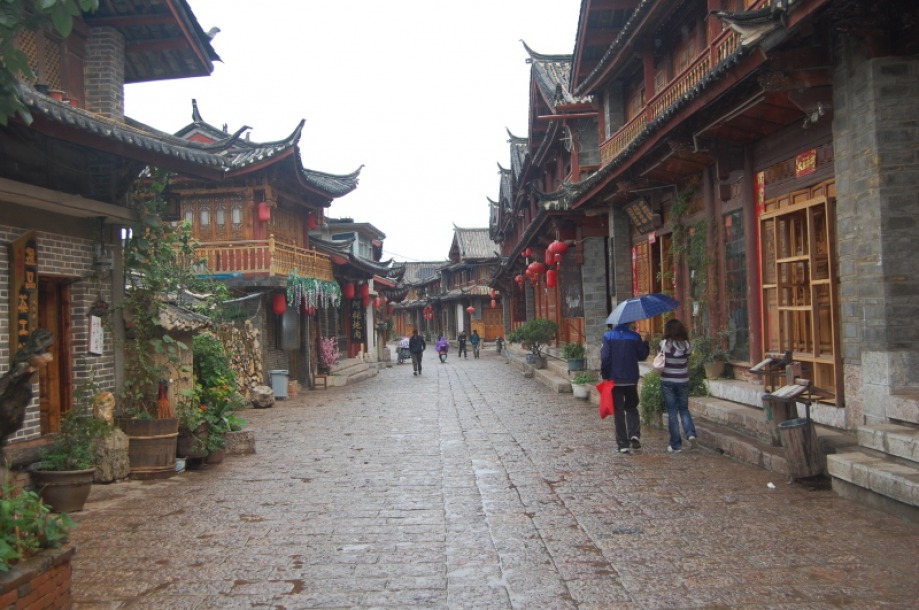
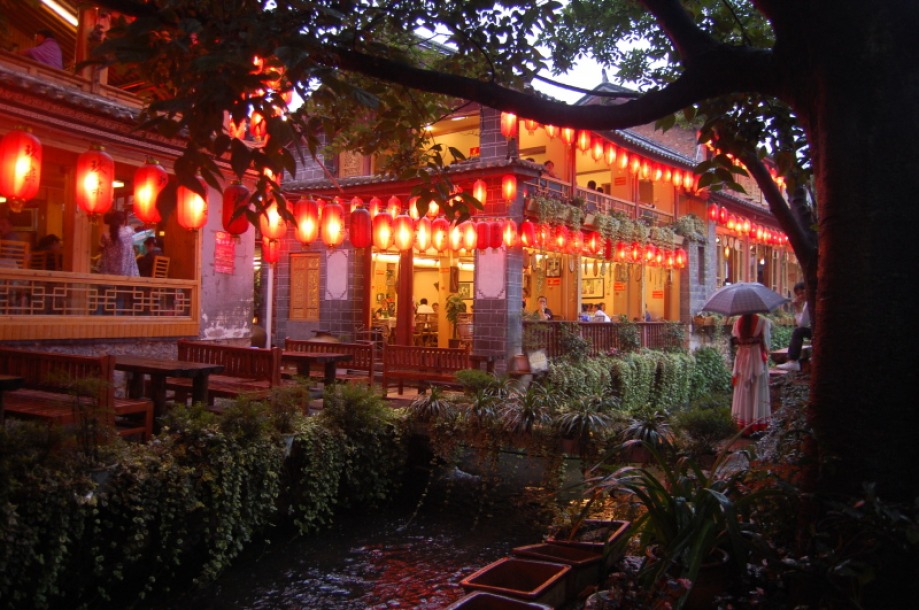
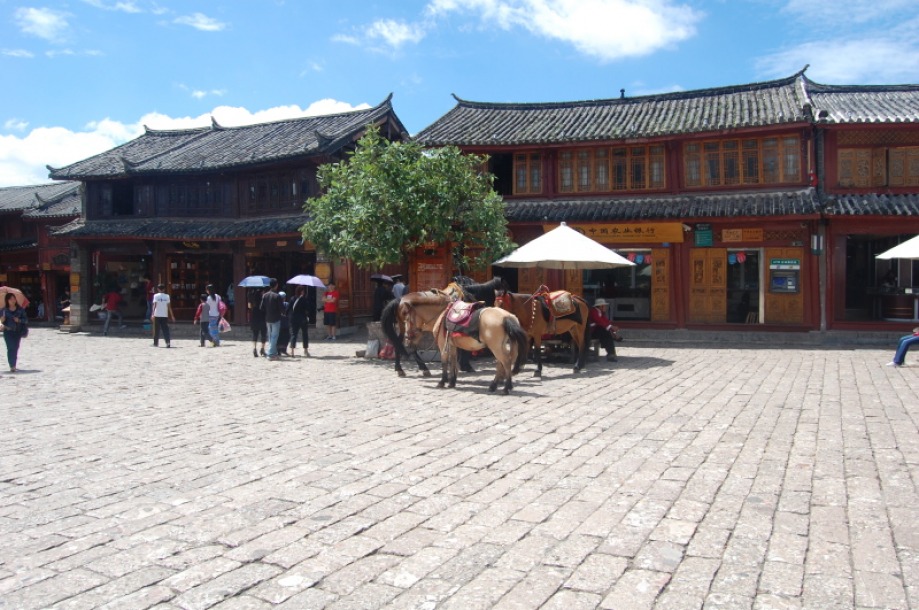
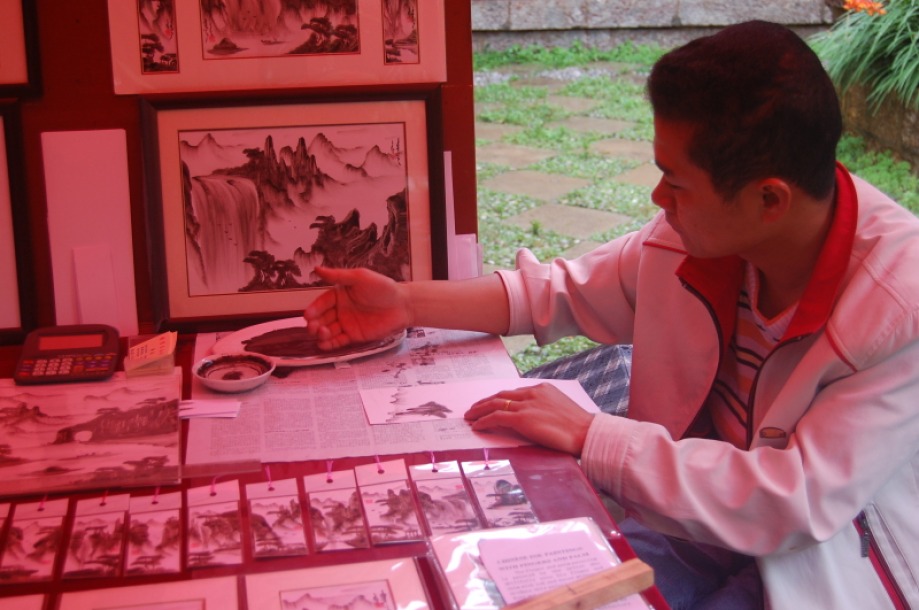
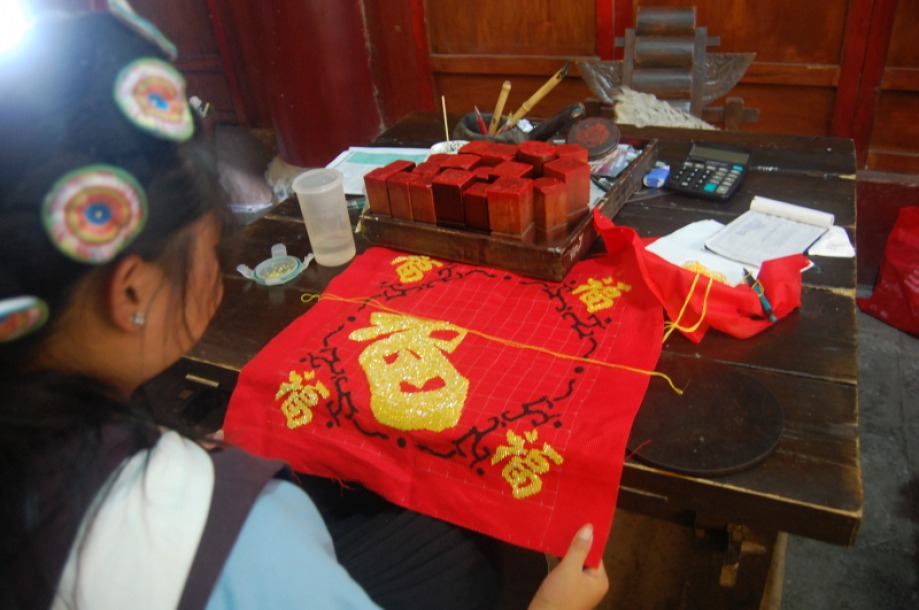
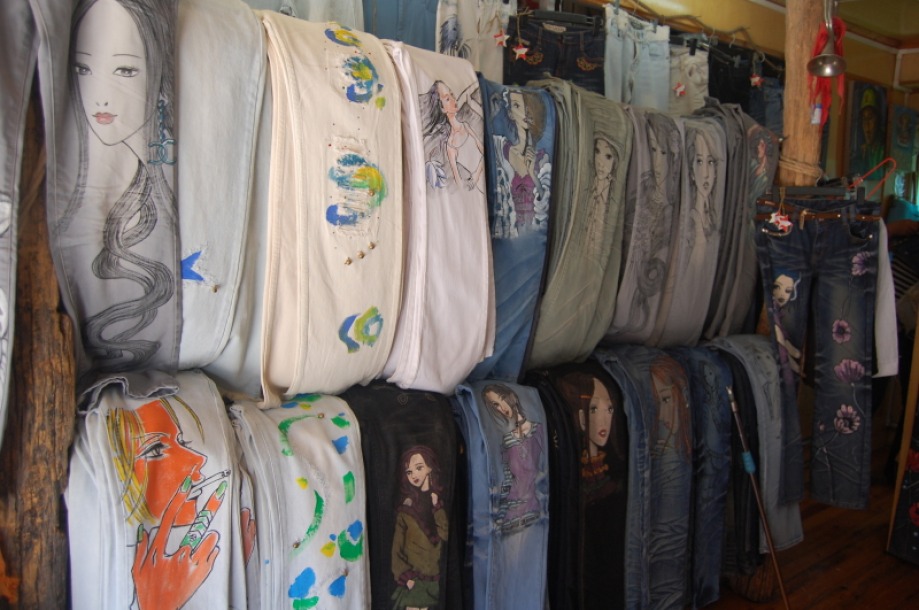
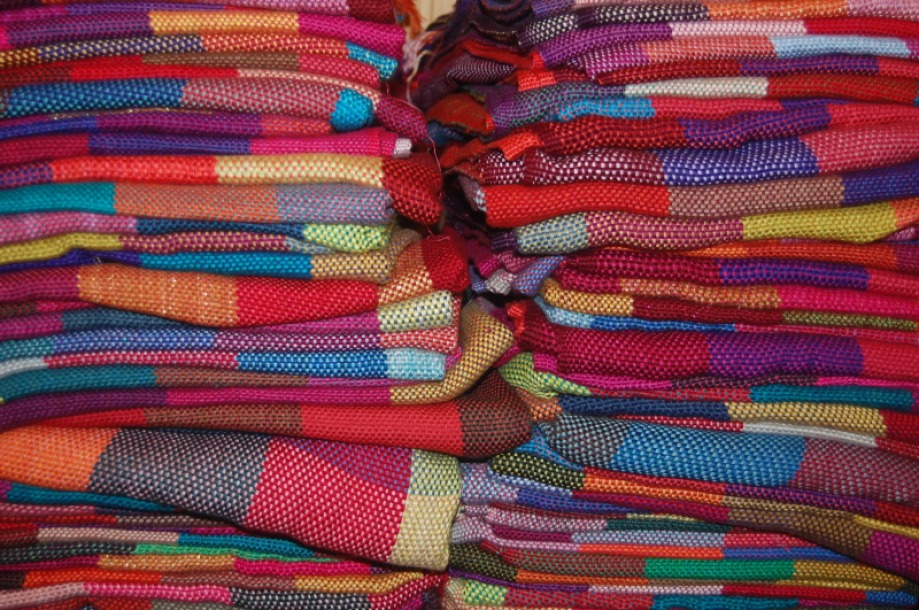
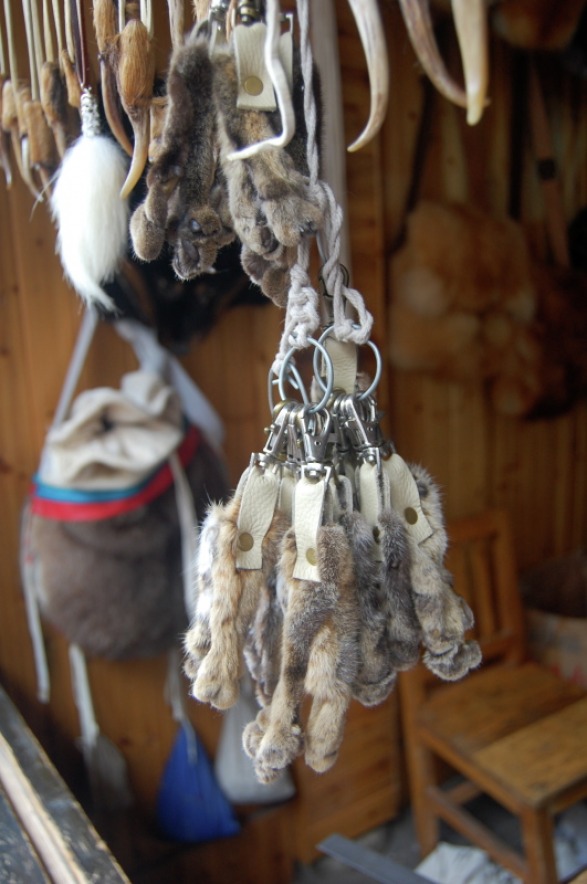
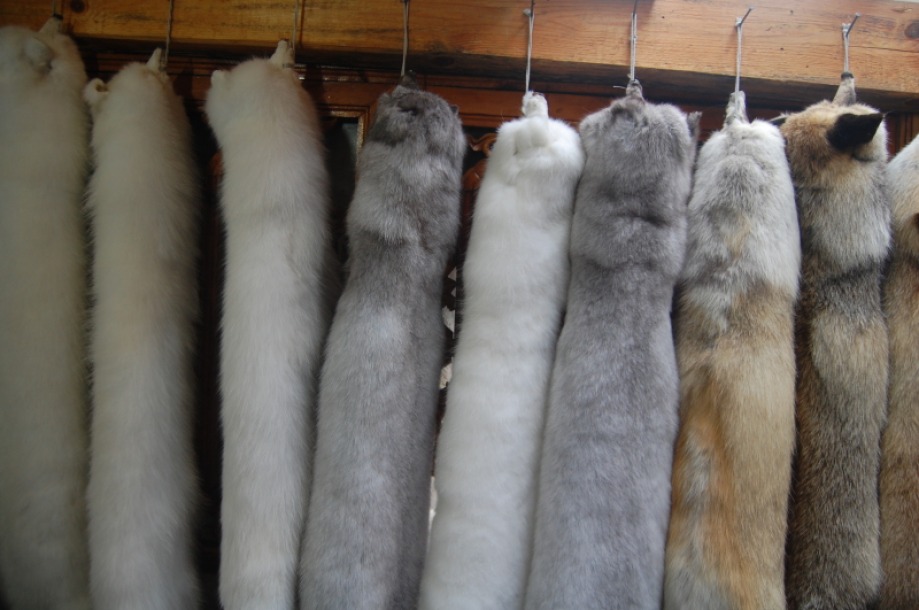
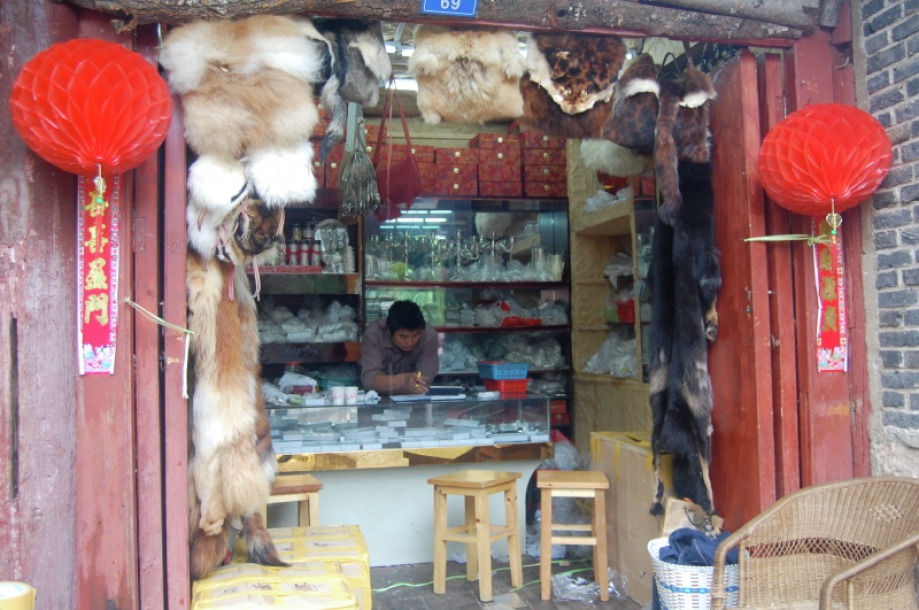
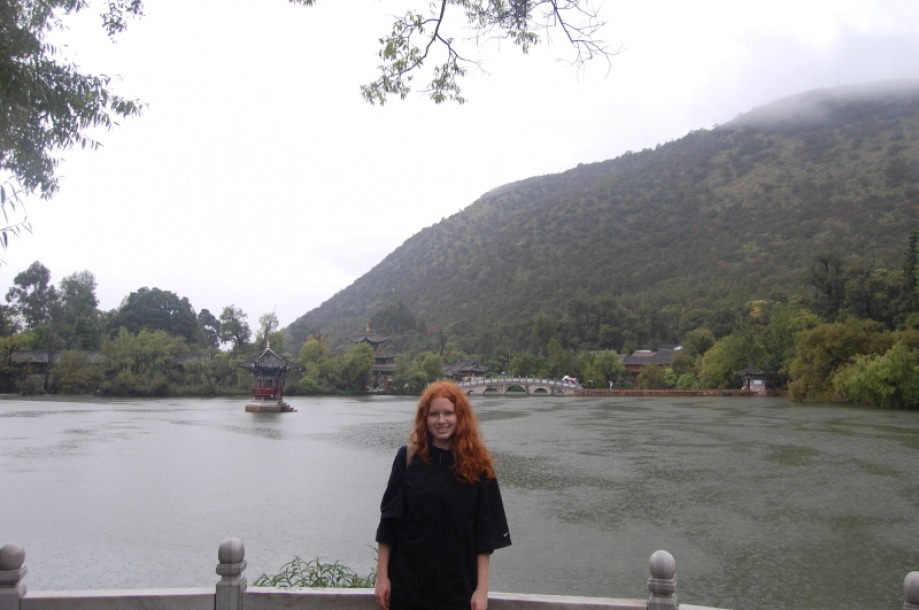
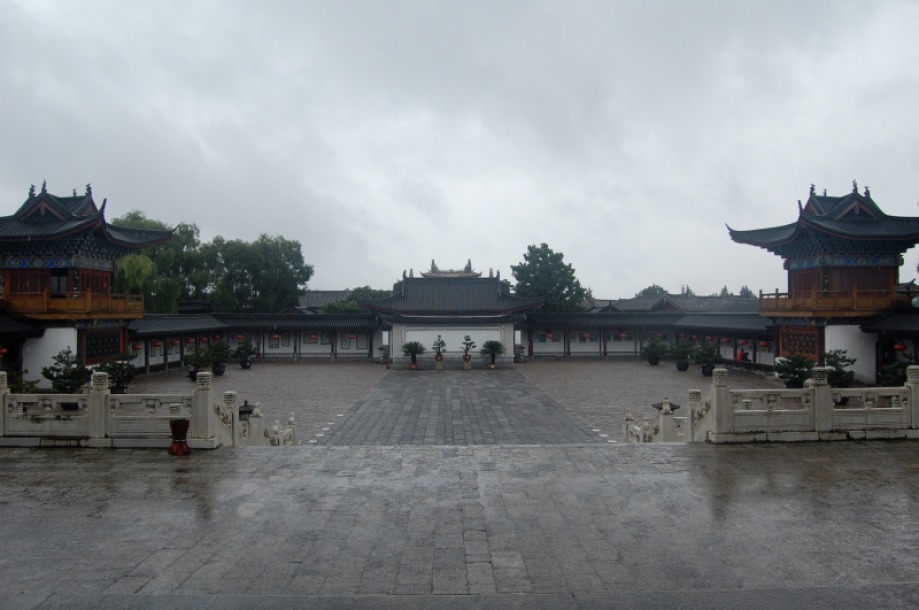
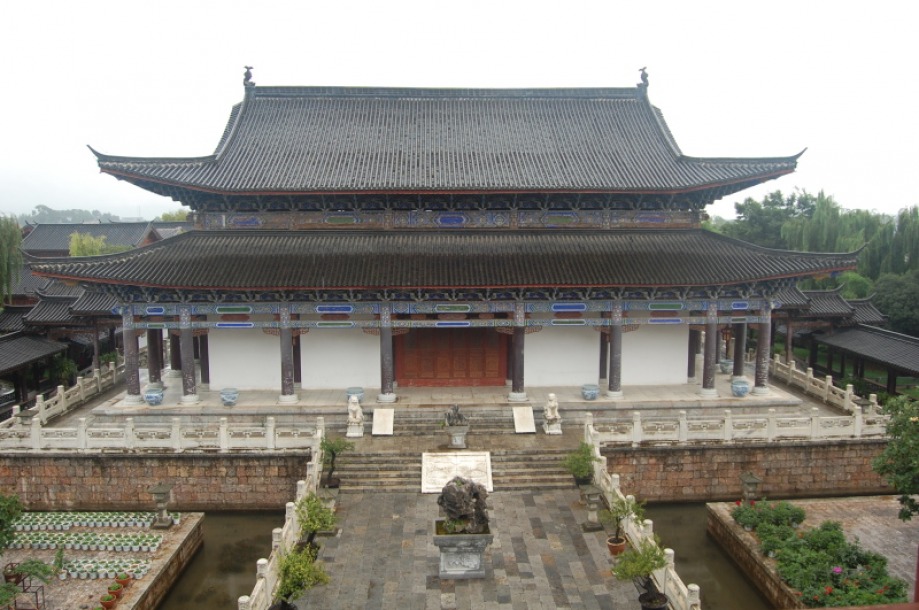
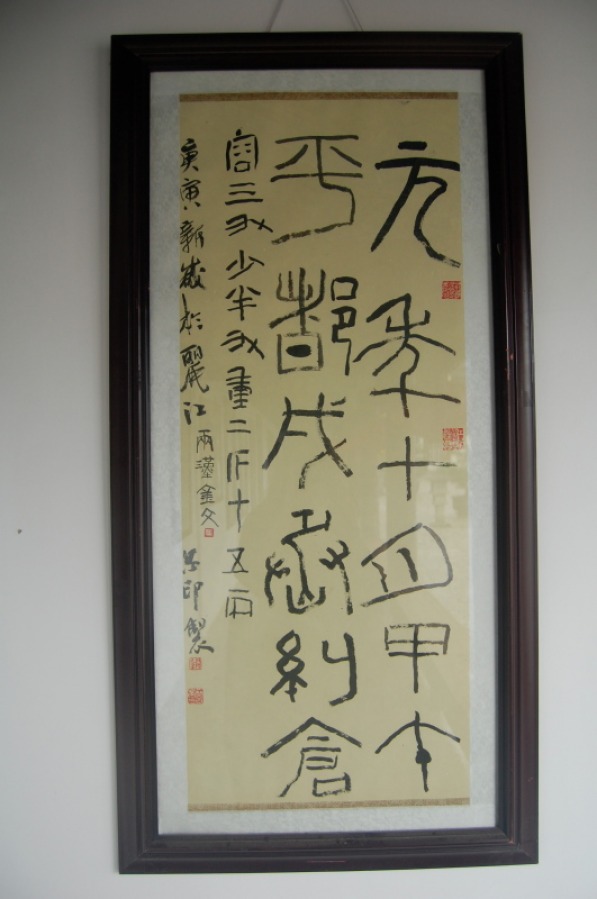
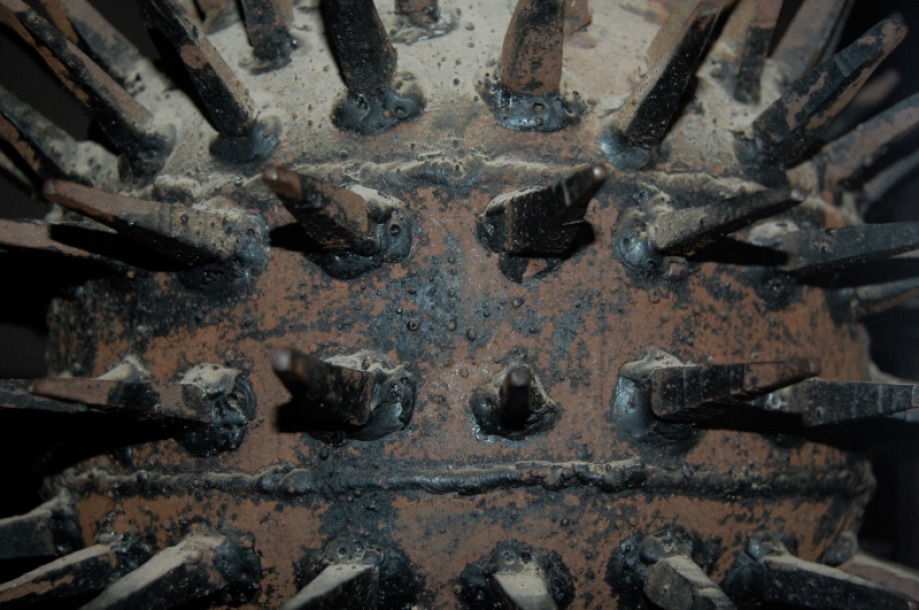
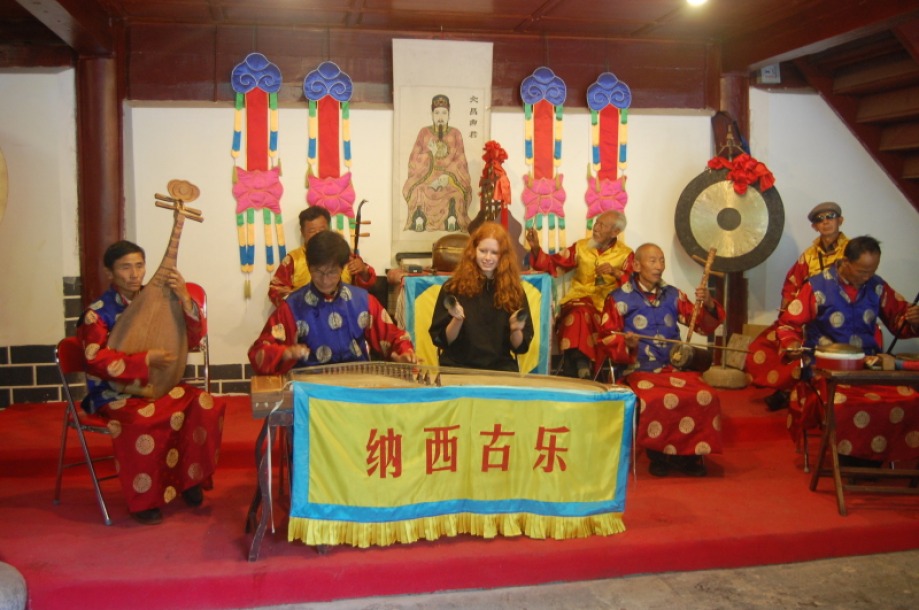
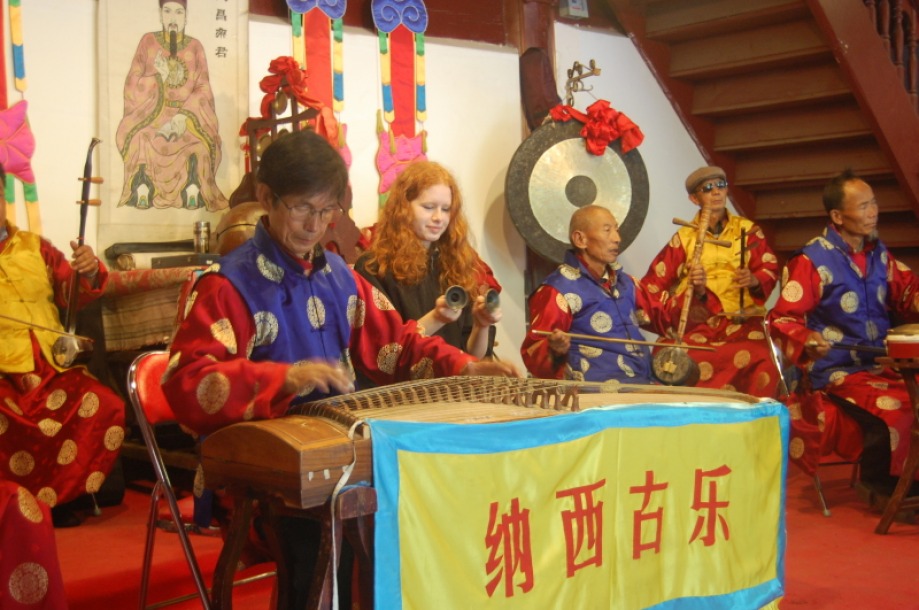
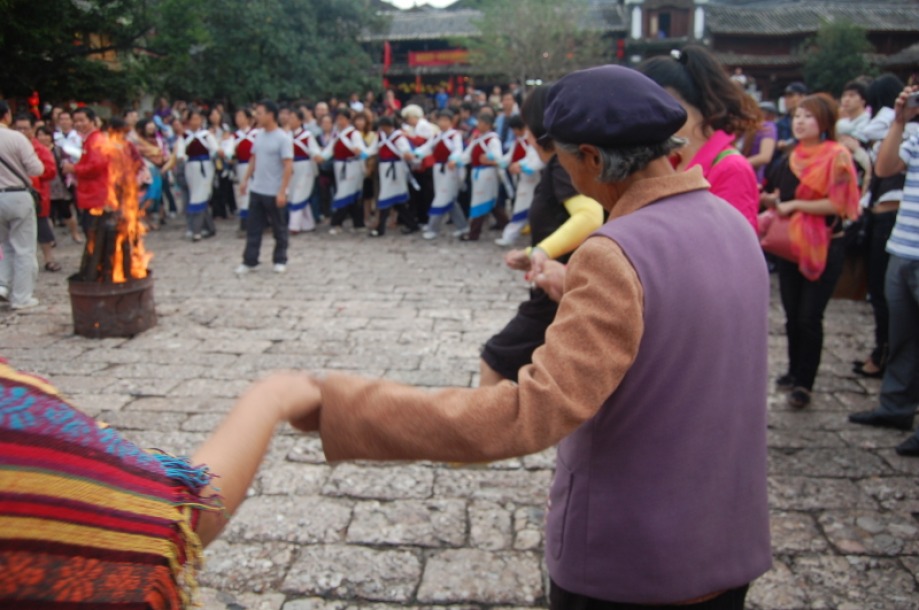
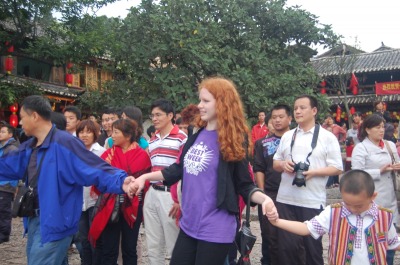
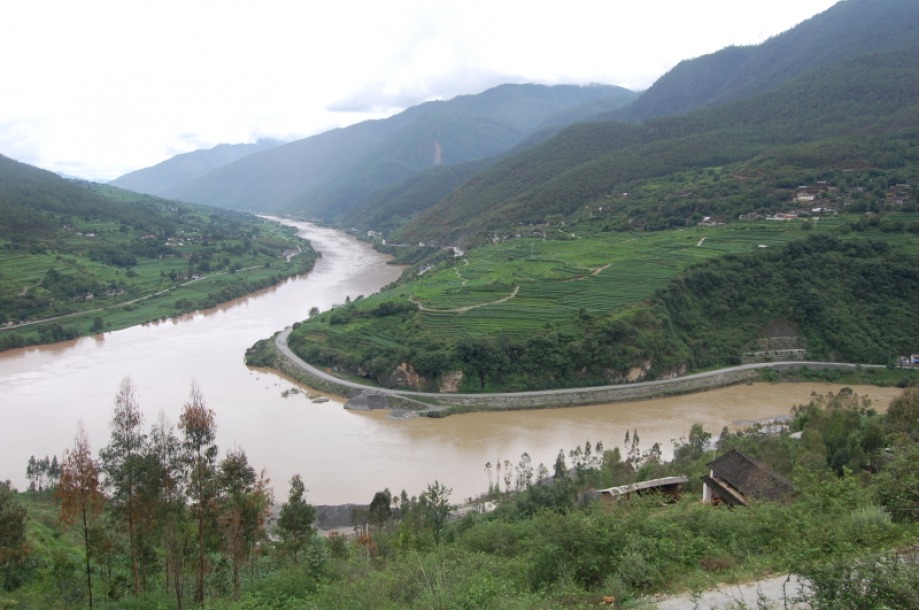
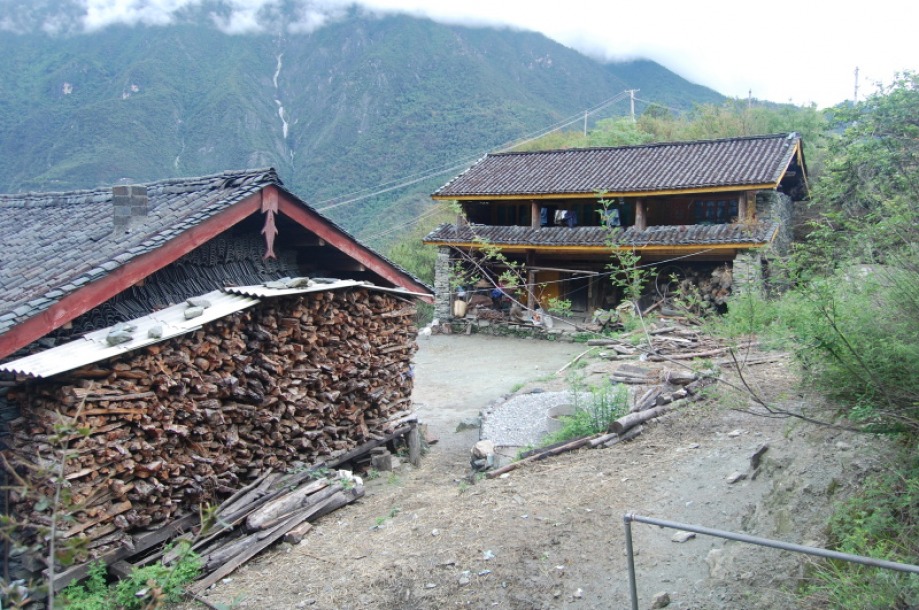
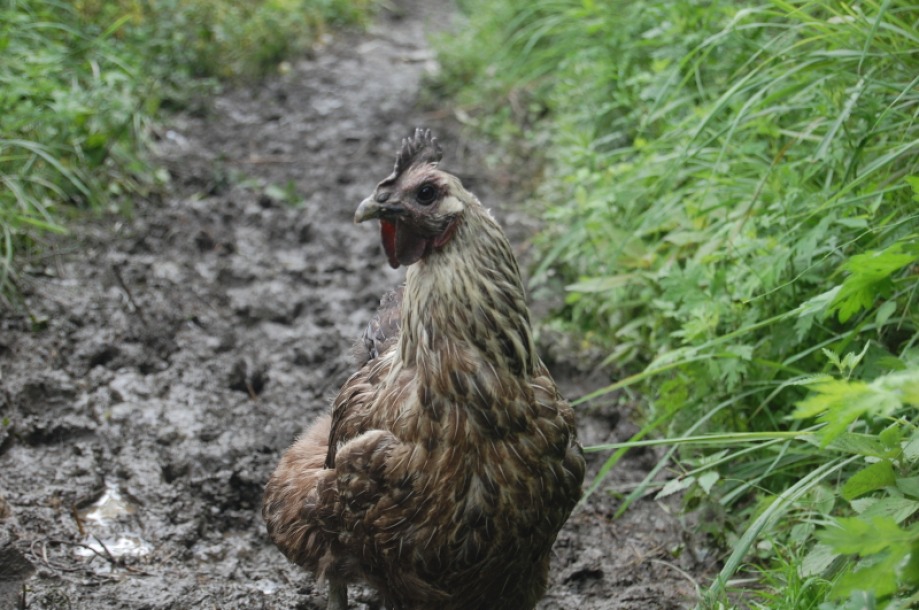
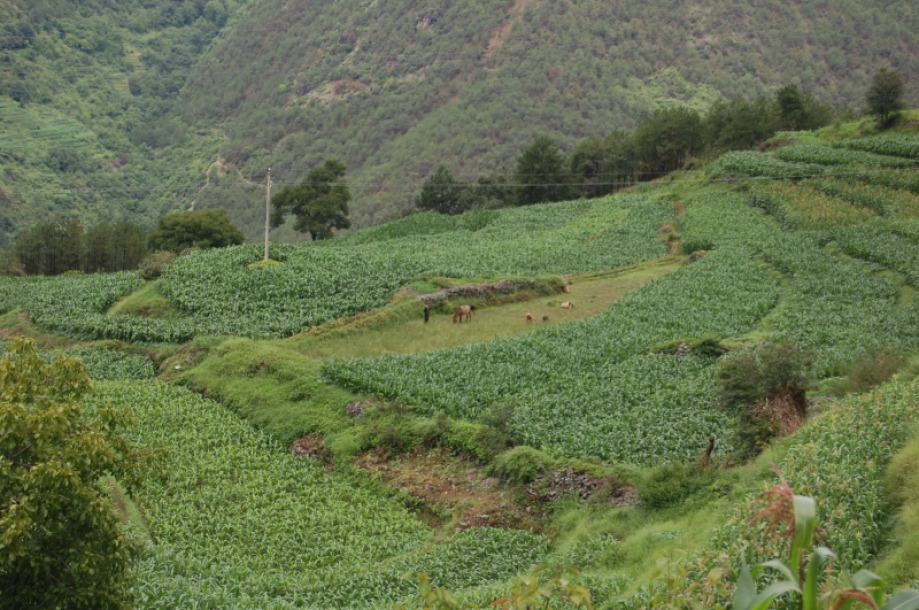
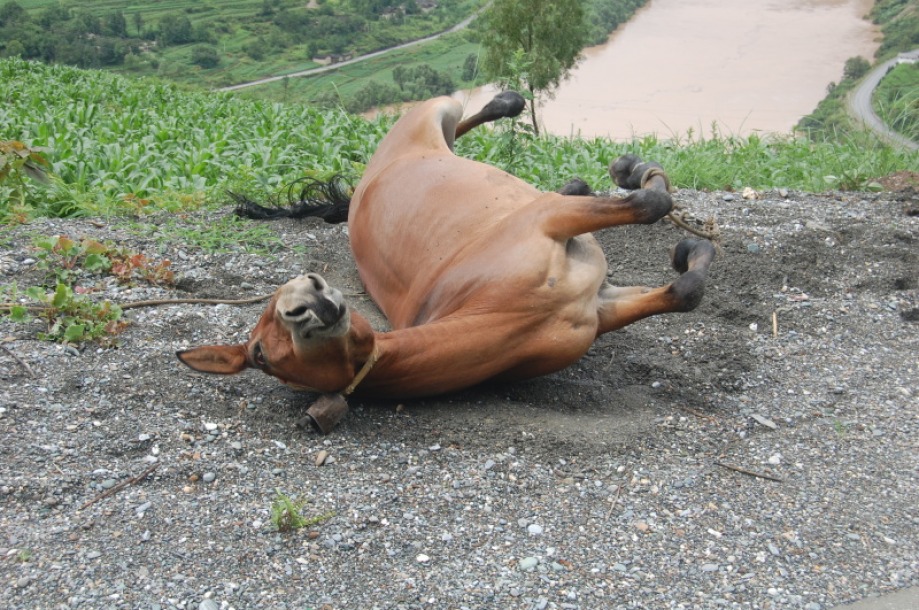
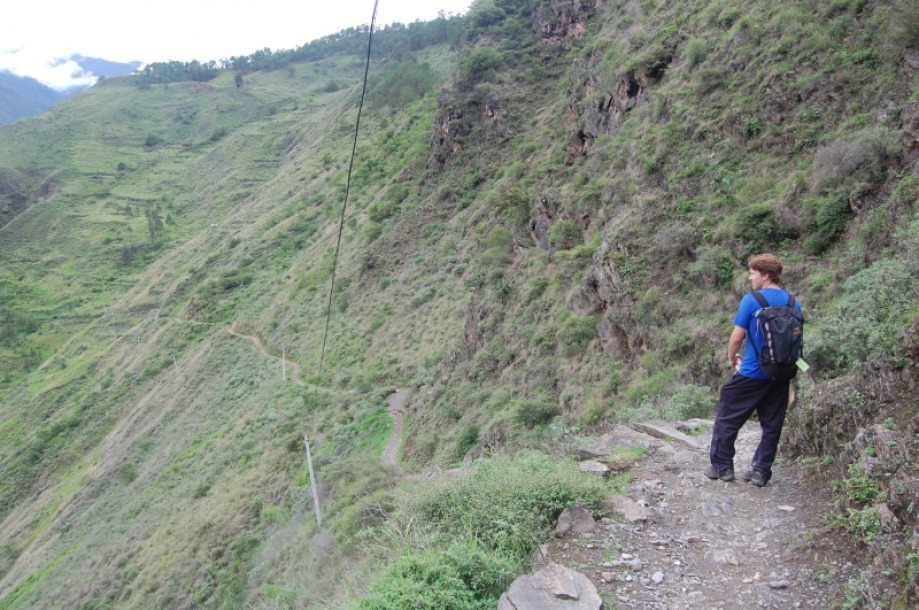
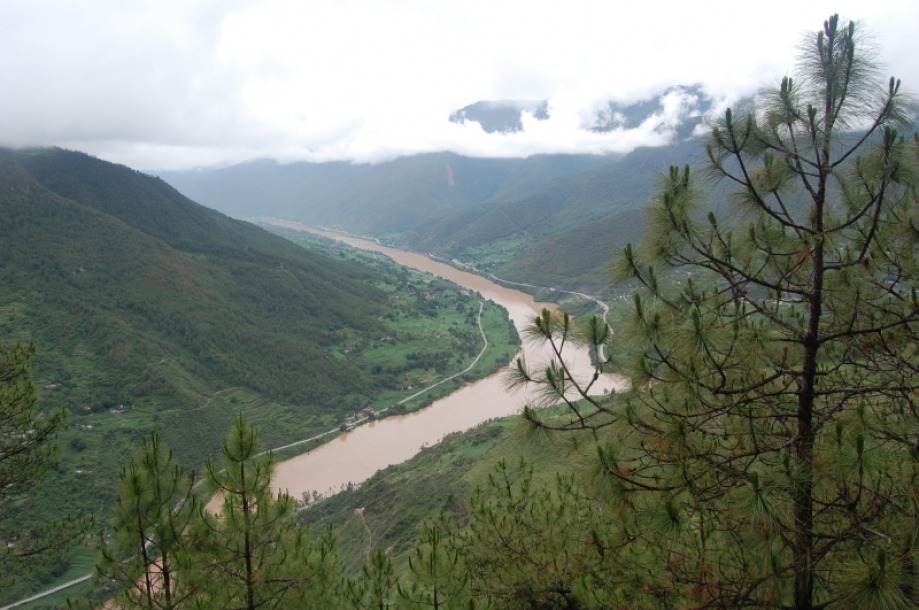
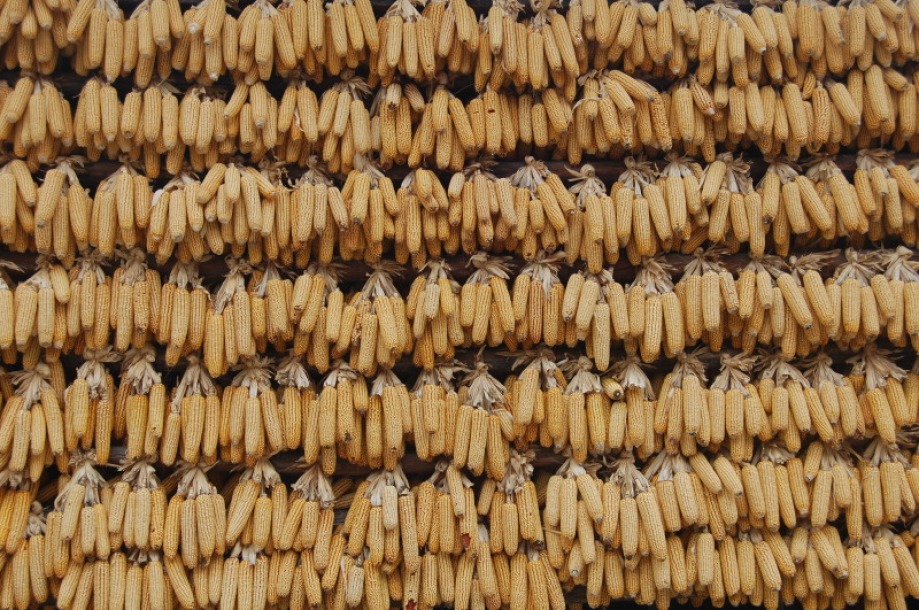
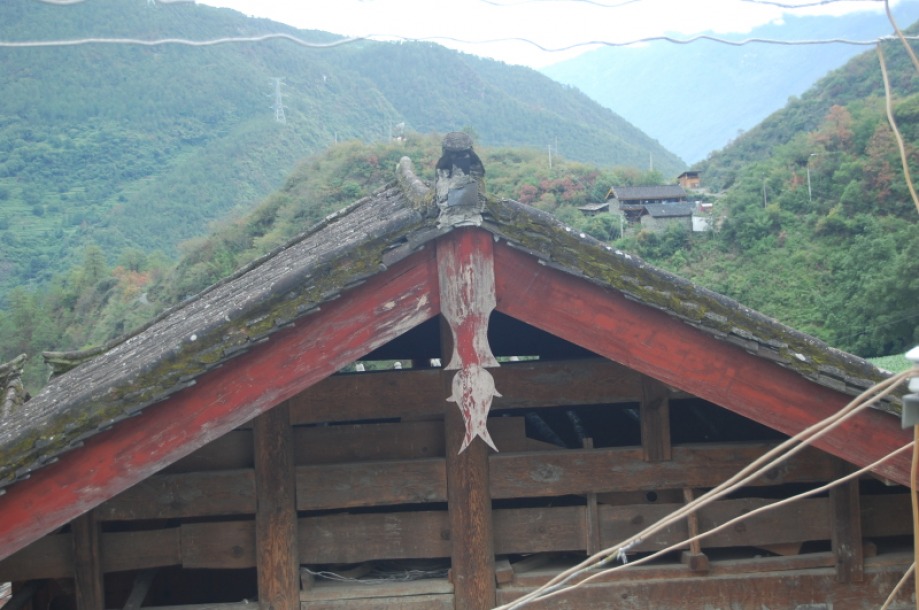
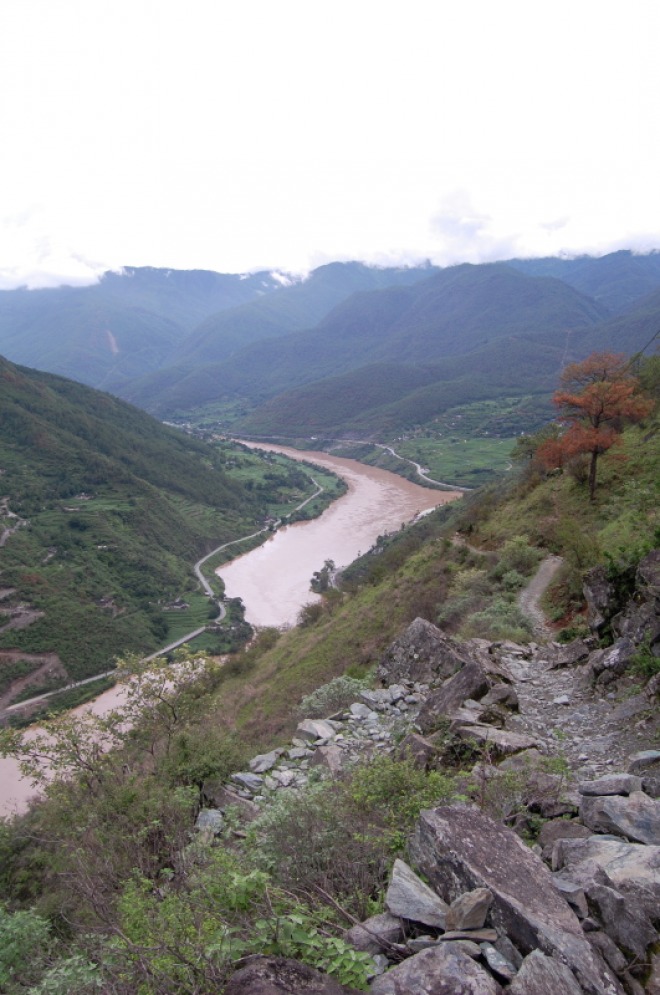
 RSS Feed
RSS Feed